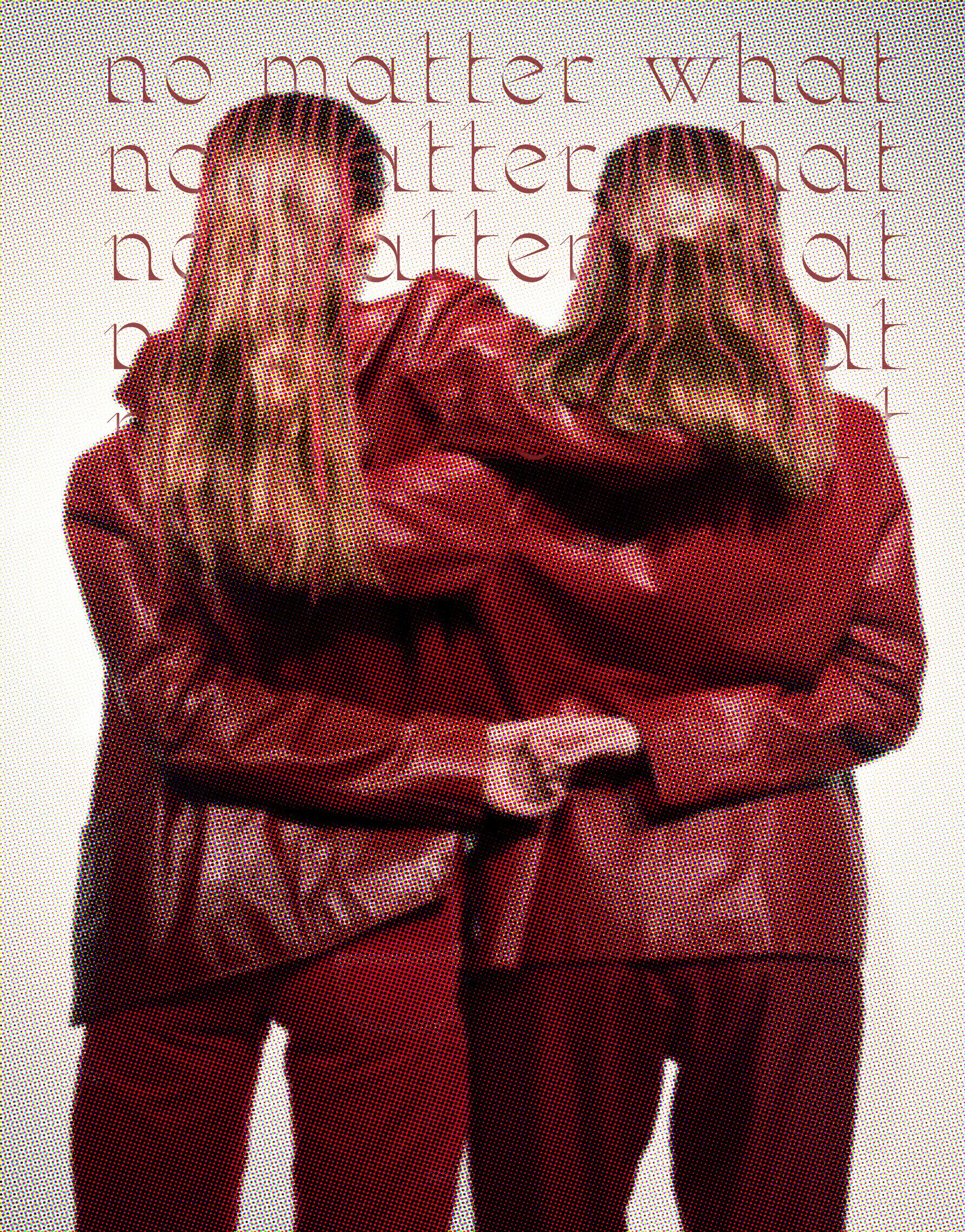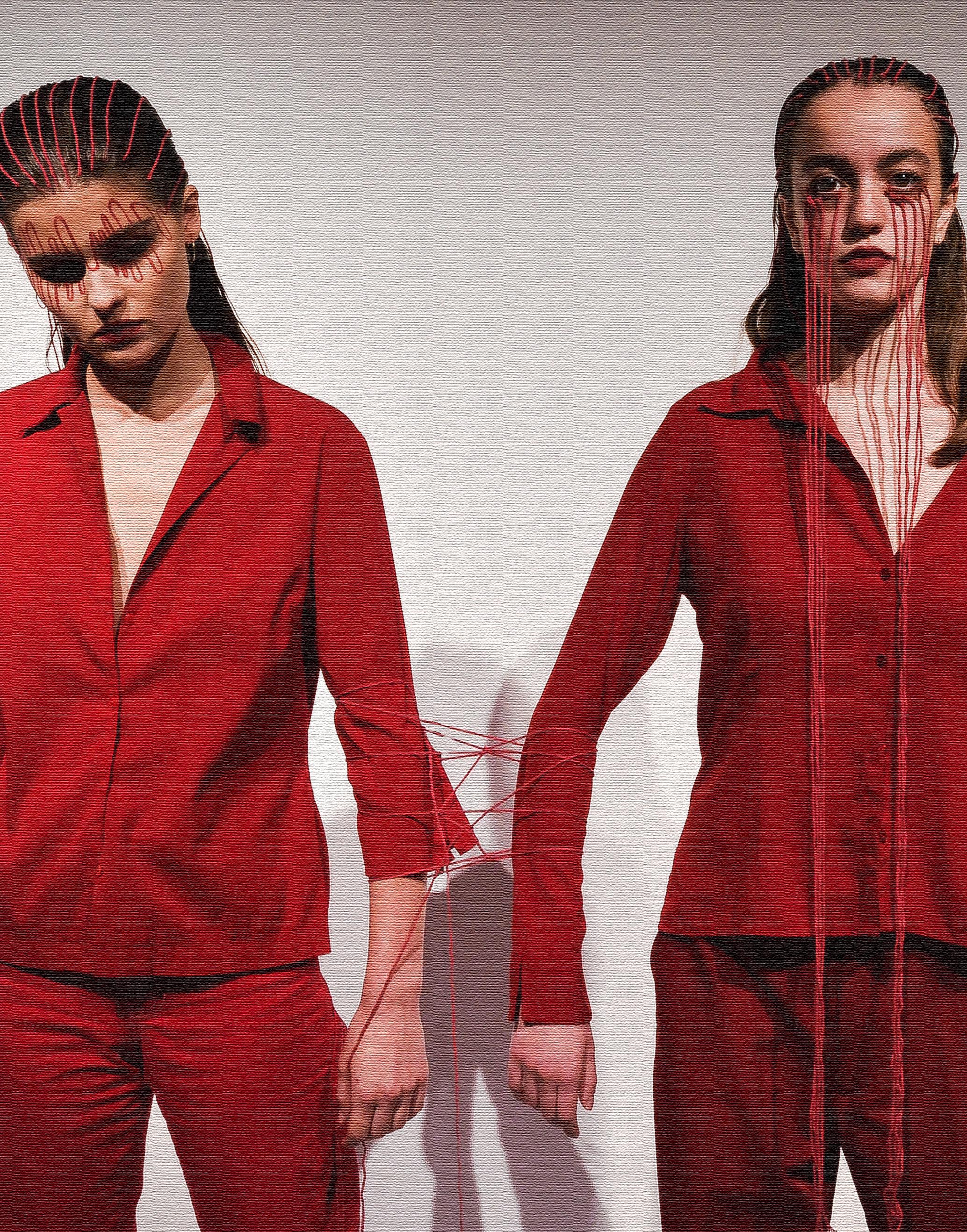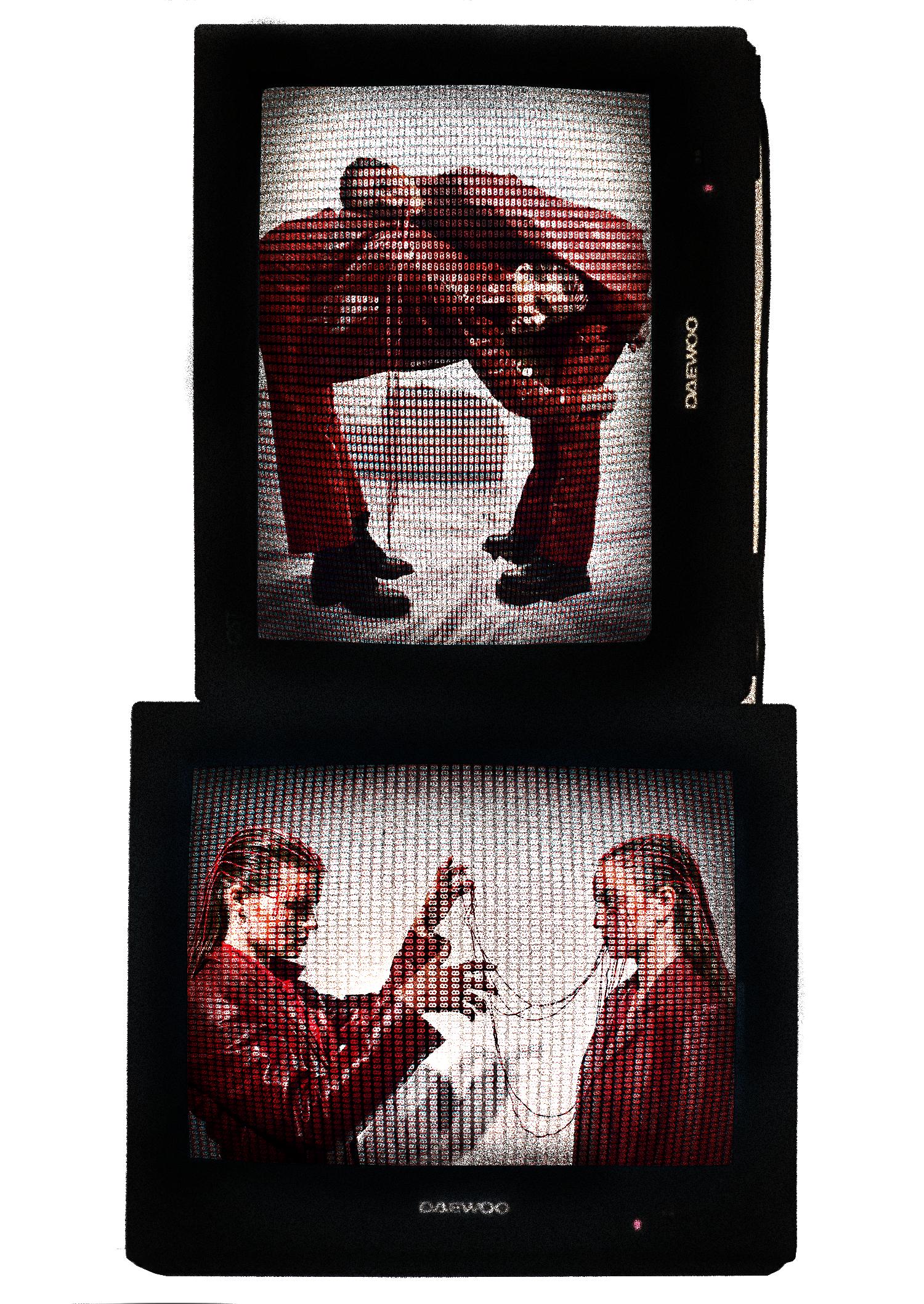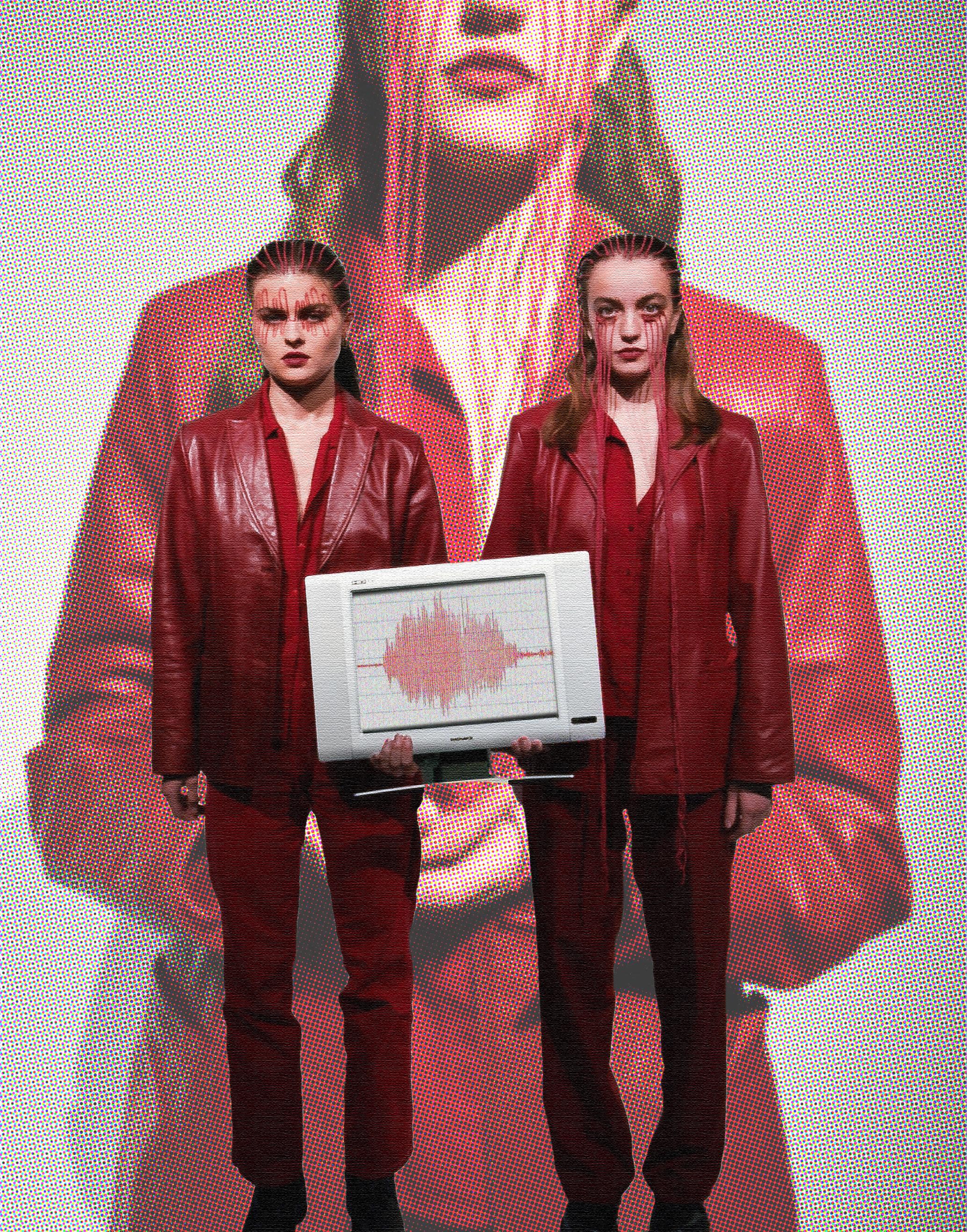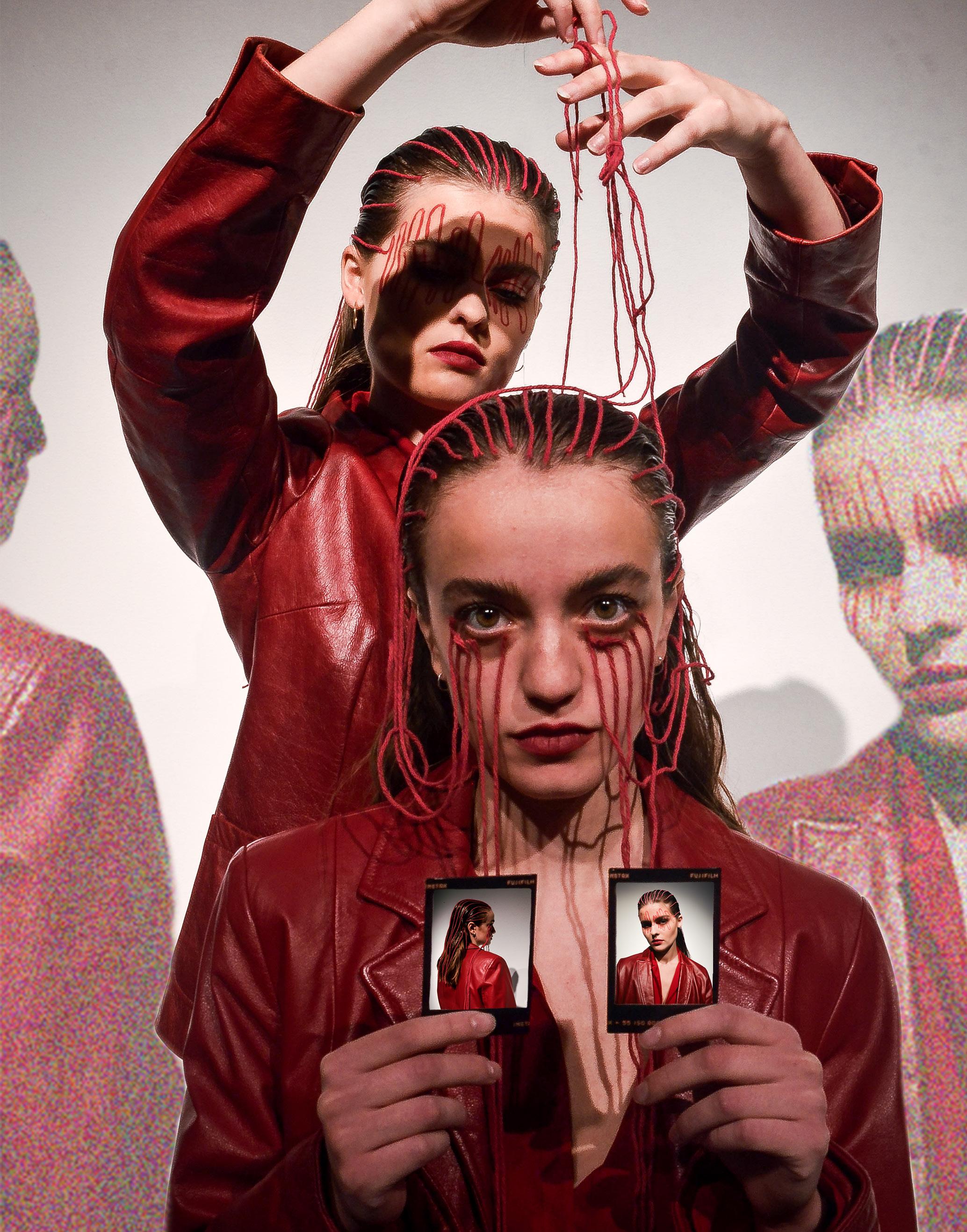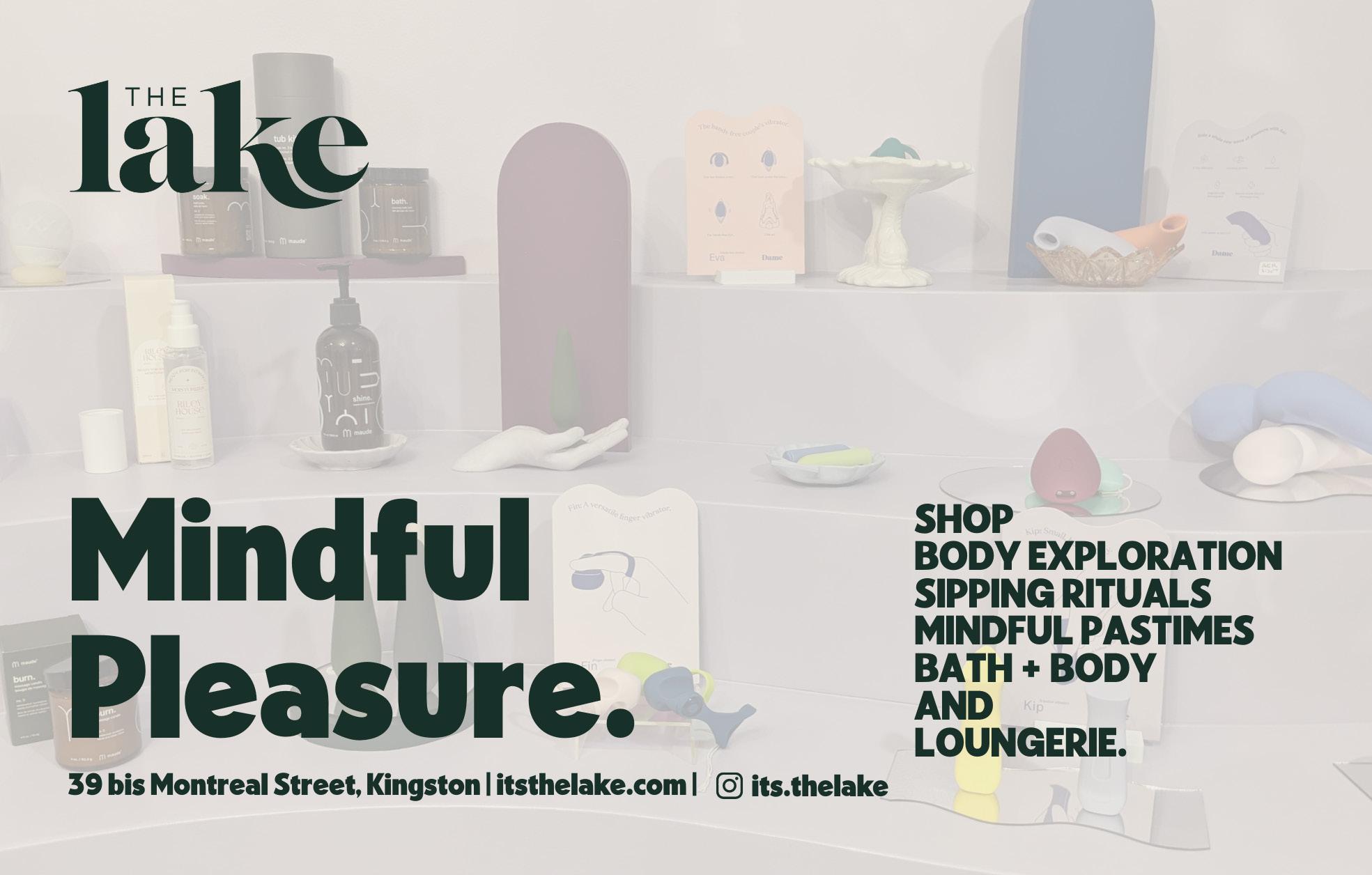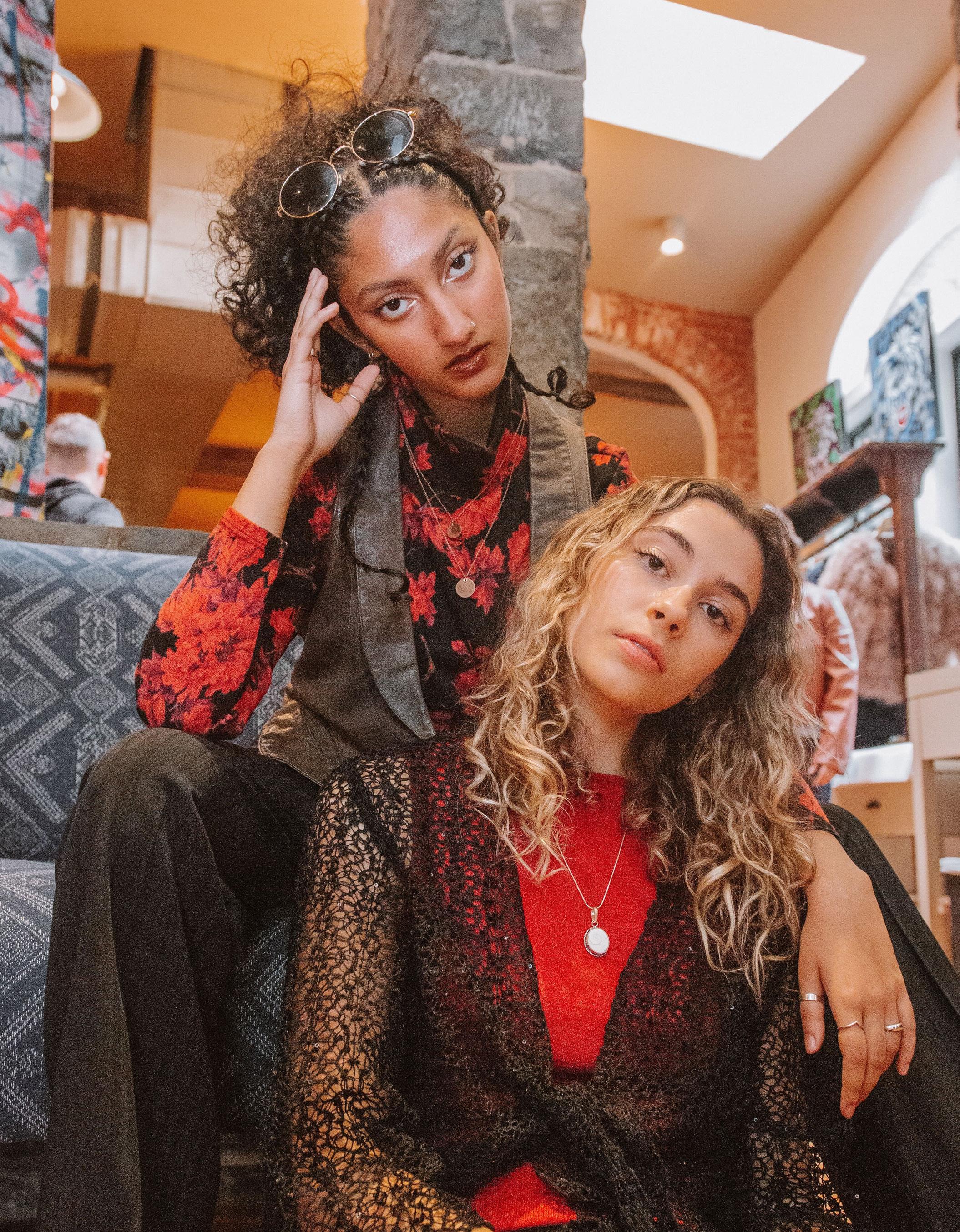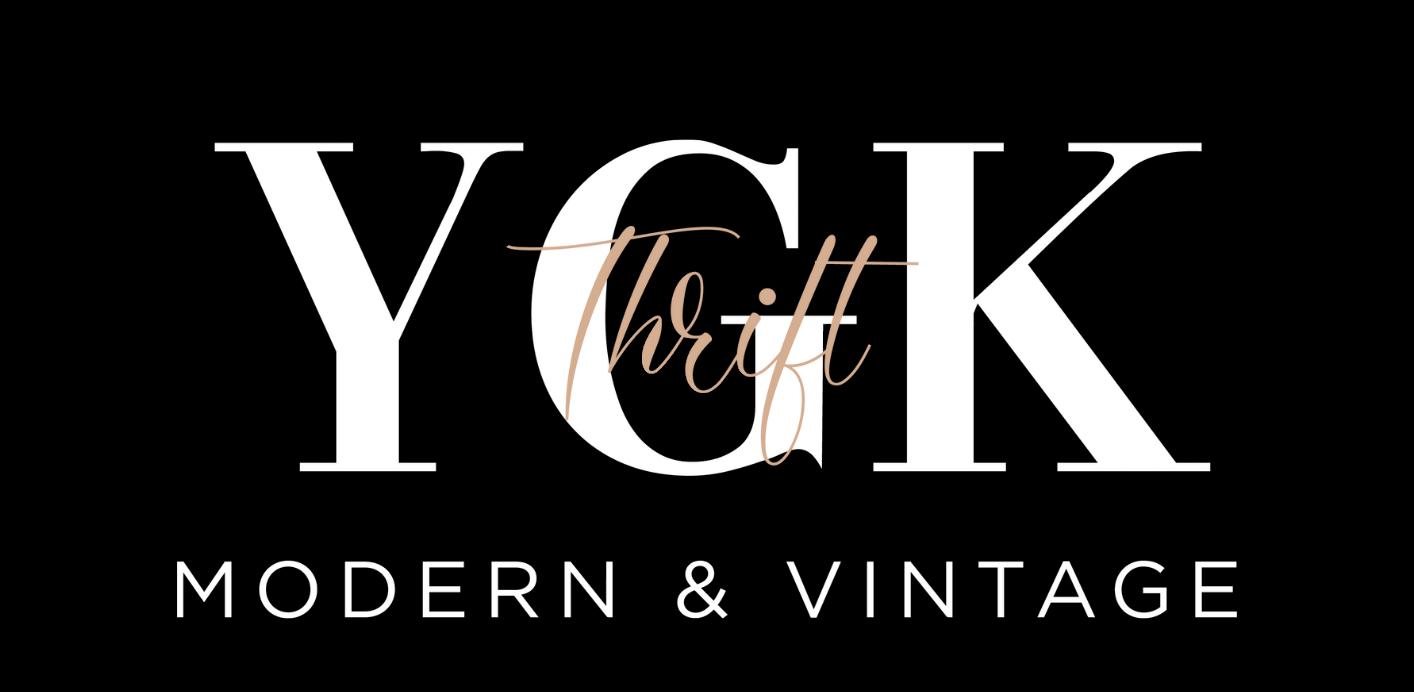




I was raised on the power of stories, with the teachings of lived experience dominating my childhood. I carry with me the legacy of my family’s immigration; one that without stories, would simply be lost to time. With this, I have always treasured words and the ways they can be strung together to illustrate the human experience of simply being alive. I never dared to create my own until I stumbled across MUSE in my first year at Queen’s.
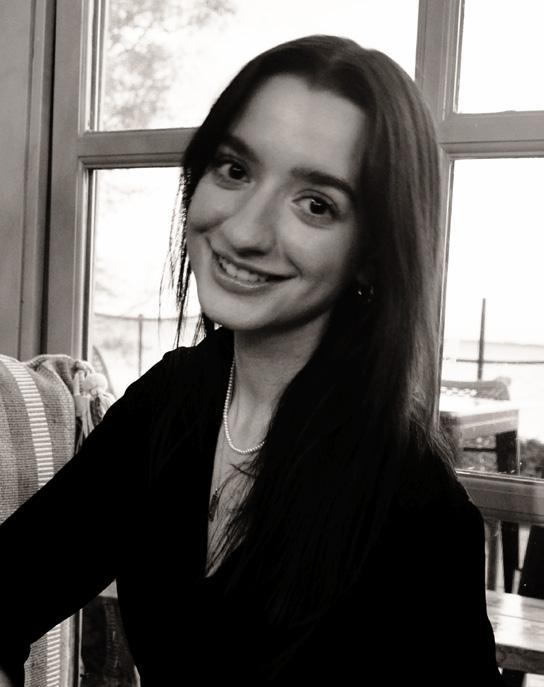
MUSE allowed me to write my own narrative. I explored my identity through the lens of relationships, love, and by reconnecting with the storyteller I thought I had lost to my youth. I found my voice through the careful curation of the stories that defined me. Among it all, I stumbled into the realization that telling my story would only lead me to an endless trail of connections that had been the spark to my own experience.
We carry with us the stories that surround us. I am the amalgamation of every person, experience, and story that has preceded me. I am the living, breathing result of thousands of intersecting paths converging for a brief moment only to alter my entire trajectory.
You hold in your hands the curated expression of nearly one hundred stories intertwining to create Issue XXV. These pages epitomize the human experience; tracing stories of joy, loss, control, fear, love, and connection. Every ounce of raw emotion that could be mustered has been laced throughout, weaving together individual experiences of this moment in time to create our collective story.
Through the twenty-four previous editions you can follow the trail of stories that have culminated in the creation of Issue XXV. Our team was
granted the rare privilege of presenting the result of an ever-growing family of creatives reconceptualizing what surrendering to artistry truly means. Issue XXV is the story of what happens when creatives dare to unravel their stories, while never forgetting those that made them.
In the following pages live the stories that have made each and every one of us. Though wildly different in their own right, together they present a singular moment in time captured through the nearly one hundred perspectives that have contributed to Issue XXV. I hope you find a few moments to surrender to our story, and that you find a glimpse of yourself reflected among these pages.
2022 - December 2022
Yours Creatively, Joanna Petropoulos Editor-in-ChiefSince I was young, the selection of music played in the car has been limited to strictly the radio. In an age of streaming platforms and aux cords, my family still opts to harmonize the hum of our car with popular, monorhythmic pop songs. The top 40’s dominate stations on repeat for weeks, until being replaced with another tune which sounds identical. It feels like a niche trivia contest
to ‘win a trip to Mexico!’ trails every song, while weaving between the same commercial about upgrading phone plans. After switching around stations hunting for decent music, my skin is practically itching from irritation. I hate the commercials. I hate the music being played. But I think those critiques are an immediate rejection of what I am avoiding to confront— I hate the loss of control.
Turning up the volume on my obsession with controlling my life.
The beauty of listening to music on a streaming platform is that I am in complete control, getting to pick the exact artist, song, and timing. When I dodge features of the radio, I am also unconsciously avoiding the attempt to investigate the uncertainty within my life. At 20-years-old, most of my life feels unknown - undecided in the direction I’m going and insecure in my relationships. Using music as a coping mechanism is reliable, but radio doesn’t feed my consistent craving of control.
suspense of radio. Relinquishing control to the divine radio host is like believing that everything happens for a reason. Listening to the radio encourages embracing the curiosity and eagerness of what is yet to come.
When I desire control, I don’t turn on the radio. Music on demand has always existed; before Spotify I had CD’s. Nevertheless, the radio is still a part of me. The suspense and distraction offers me security. Next time while I’m listening to music, visiting the familiar channels of the radio is the break from the control I think I need.
Feeling pressure and panic is a natural effect when family members ask what my plan is after university. Within the swiftness it takes me to cue a song, immediate relief hits the pit of dread in my stomach created by these questions. It feels like a simple task to decide which song plays next, but it is a decision, nonetheless. Making decisions about my future is challenging because the consequences are substantial. Meanwhile, I’ve been ghosted my fair share. Being suddenly abandoned feels like control has escaped me. All there’s left is rethinking if there was something I could have done differently. While I can’t get closure from being left on read, I can choose a song which resonates with my disappointment. This aspect of curated comfort doesn’t come from the radio; it would feel offensive to hear Jason Derulo blare in the speakers after being dumped.
Ultimately, replaying the same song can prolong my grieving. The radio’s snappy turnaround becomes distracting, and enough distraction makes it easy to forget what made me upset in the first place. If the future is a playlist filled with songs everyone’s already listened to, perhaps I should embrace the
lakeside
one last time sit on sand hate the sensation closertoyou don’t care for sand unaware details skip stones teach mildly succeed cheer moments snapshots want forever cue night autumn winter
when I was twelve, my parents had two talks with me.
when I was fifteen, my parent had one talk with me.
about boys dangerous, bad about family just us four about school 90 or no love.
when I was nineteen, my parent didn’t talk with me.
not about men who find me delectable not about me p r e s s u r e d not about him thin air.
My years spent at university so far have held the most unique moments of my life, filled with many different people, clubs, social events, and (unfor tunately) endless amounts of homework. It is only natural to want to dip your toes into every pos sible experience that university has to offer. So, what happened when I crammed my schedule with six classes, two exec teams, intramurals, a parttime job, and on top of that, a social life? I had no idea how much I would end up relating to the iconic lyrics of Billy Joel: “Where’s the fire, what’s the hurry about? You’d better cool it off before you burn it off.”
Trying to make a comeback from a very isolating second year, I was excited to get involved in as many activities as possible. I attacked my workload head-on, took on extra assignments in my clubs, and - I’ll admit - went out a few too many times per week. To compensate for the hangovers and time spent with friends, I spent one too many late nights in Stauffer. I was zombie-like come sunrise, motivated by ridiculous amounts of coffee. I piled on the clubs, work, and fun so high that by reading week of February 2022, I could barely stand under the weight of it all. I found it excruciating to get out of bed everyday; my never ending to-do list would spin around my mind on replay until I pulled the covers over my head and called it quits. I rap idly began alienating myself, too tired to socialize,
By : Ar den Good fell owcrying all the time, and asking for extensions on my assignments. I was constantly beating myself up in ternally for not being able to handle what I thought was a normal university student’s workload - but the truth is, it wasn’t normal.
University encourages students to step out of their comfort zones, to try new clubs and to meet new people. This can also include pushing students to juggle a multitude of tasks at once, which can un fortunately lead to the neglection of one’s needs and passions. To this day, I am still picking up the pieces of my mangled third year; I am still dealing with extreme anxiety and dissociation as consequences of my hyper-activity. It took me a long time to realize that I was doing most of these activities just to say that I was doing them, to keep myself busy and to add another bullet-point to my resume. It was crucial that I recognized my to-dolist had become too long, and the activities that once brought me joy had turned into just another task to check off. There is a specific sadness in re alizing that time is passing you by and you haven’t enjoyed some of the greatest years of your life. I’ve learned the hard way that it is a pivotal piece of the university experience to fully immerse yourself in the clubs, classes, and people in front of you. And so, I leave you with the famous words: “slow down you crazy child”.
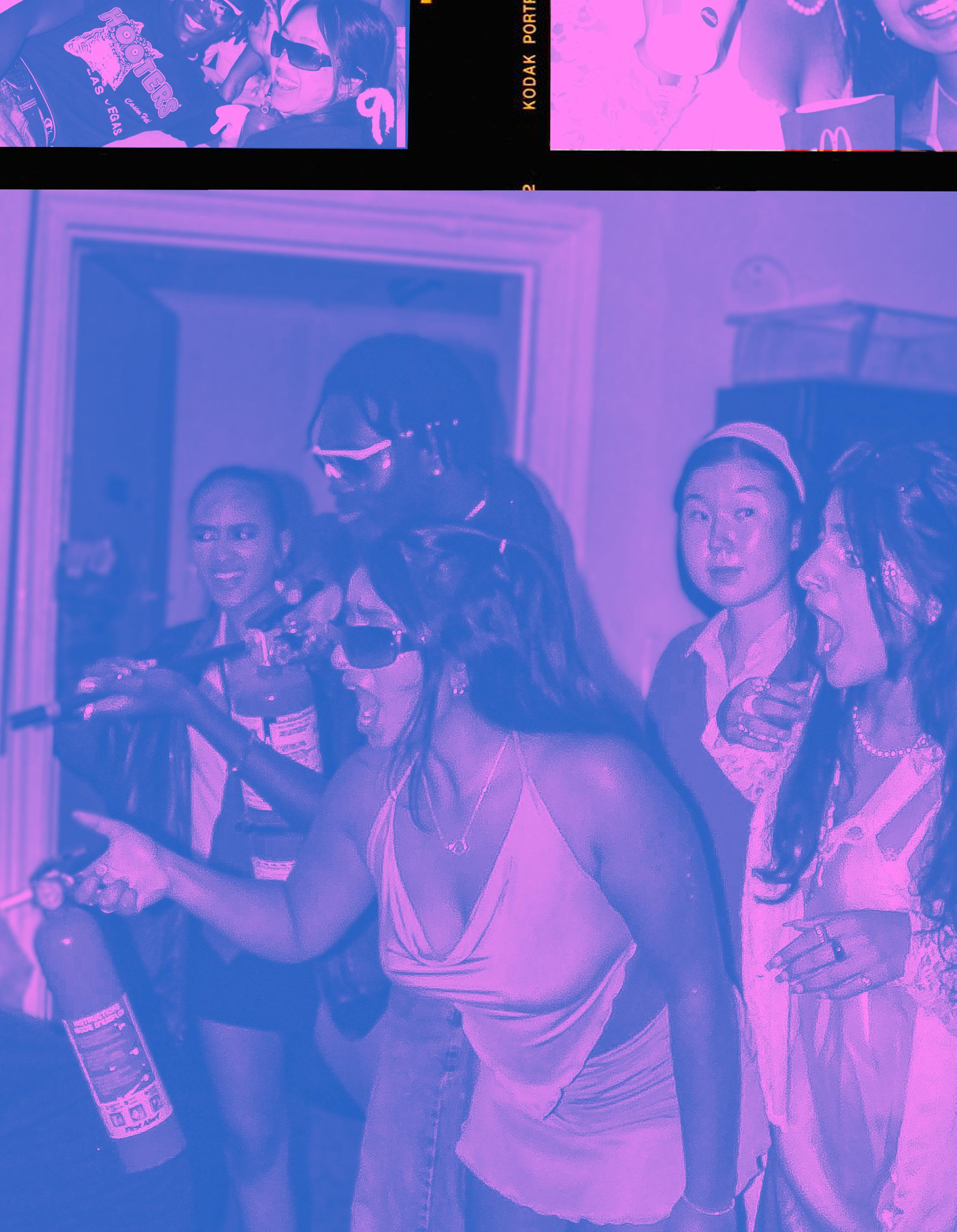
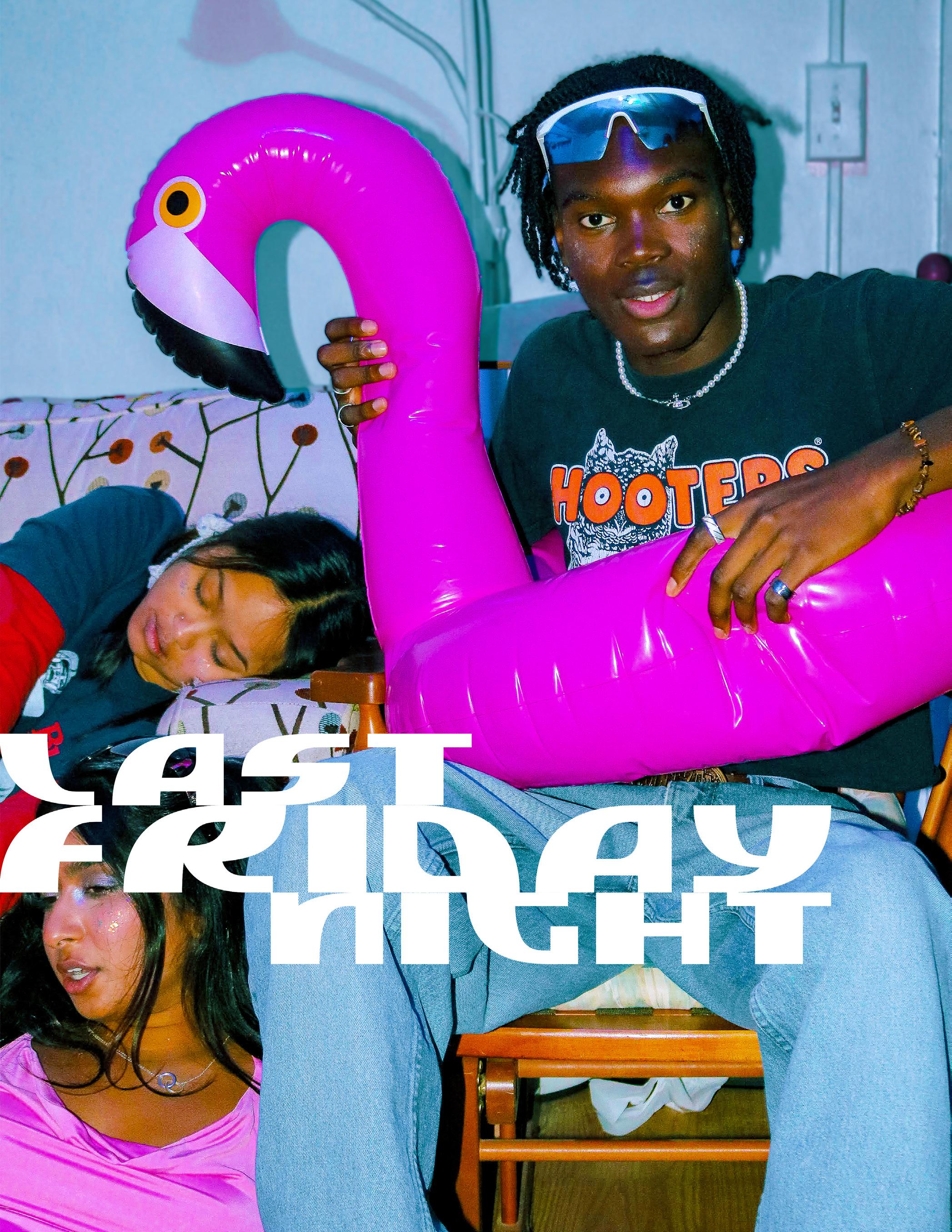
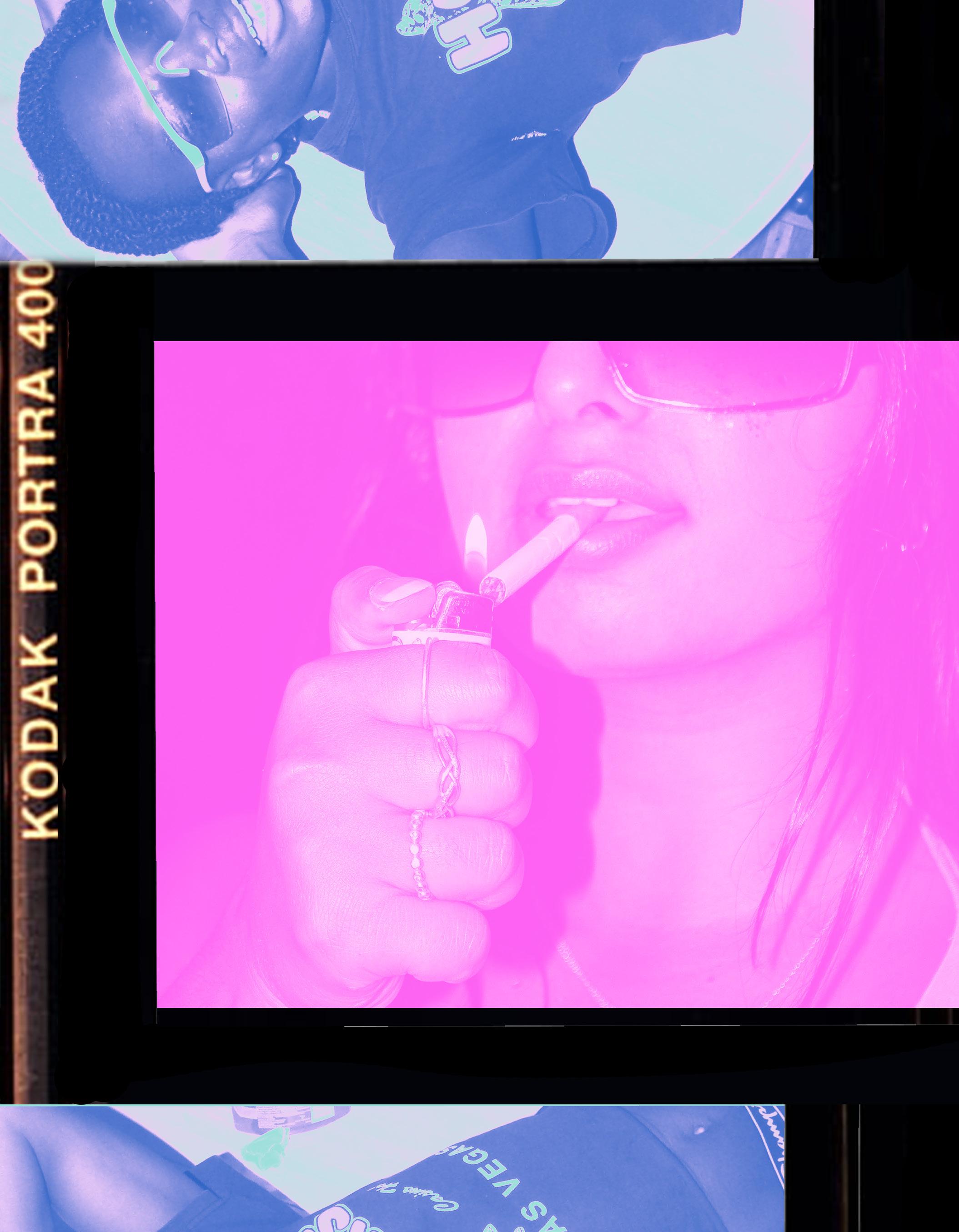
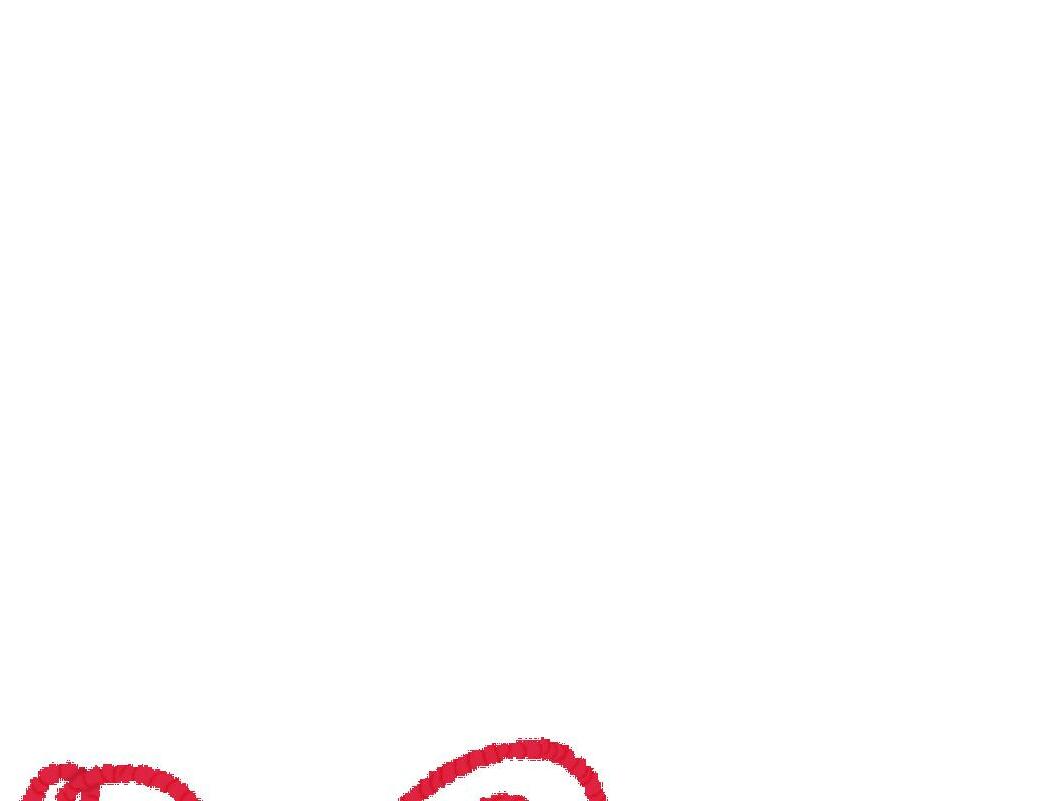
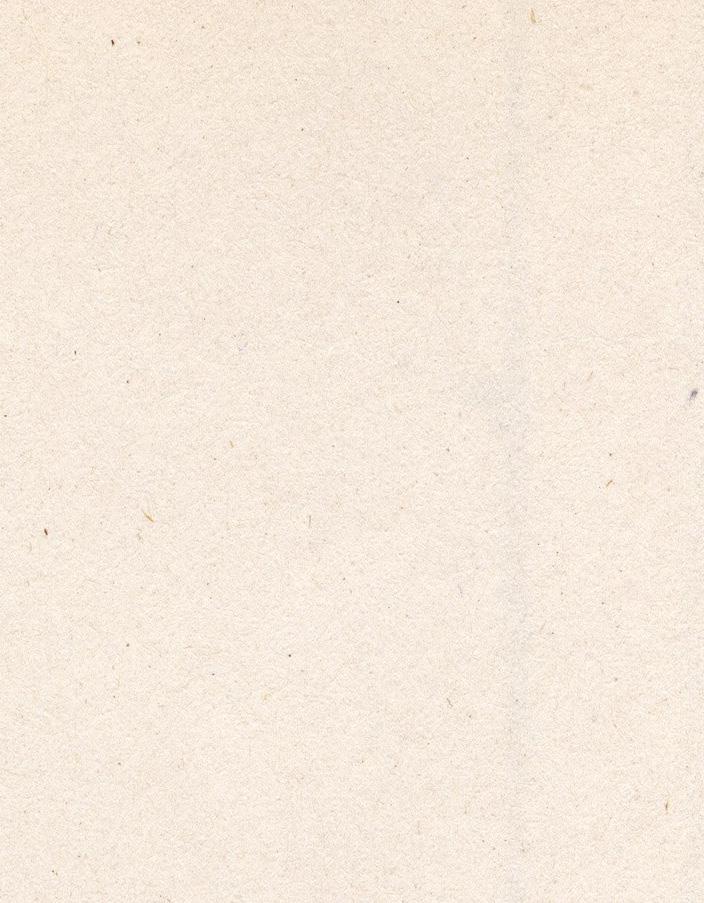
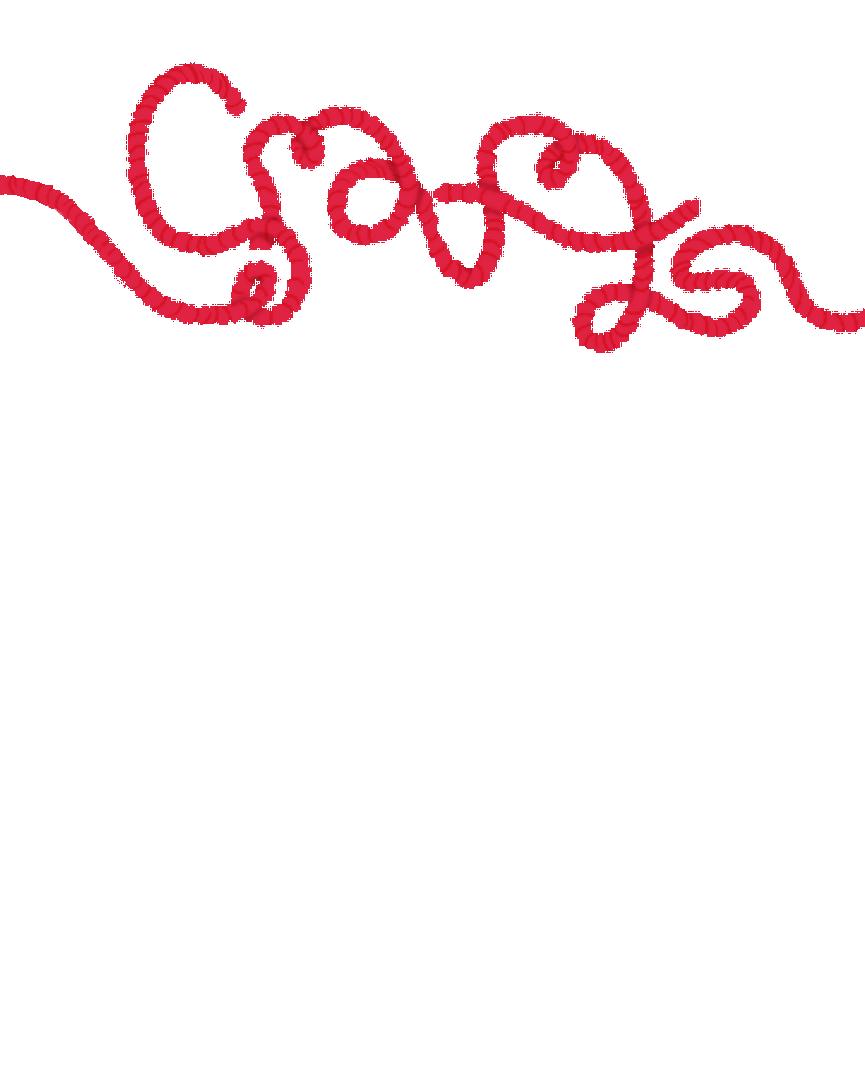
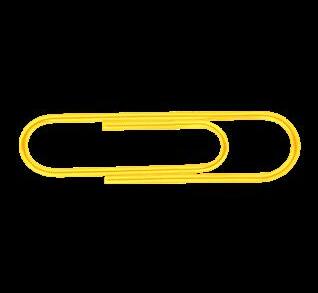

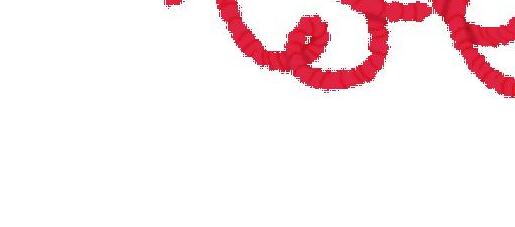
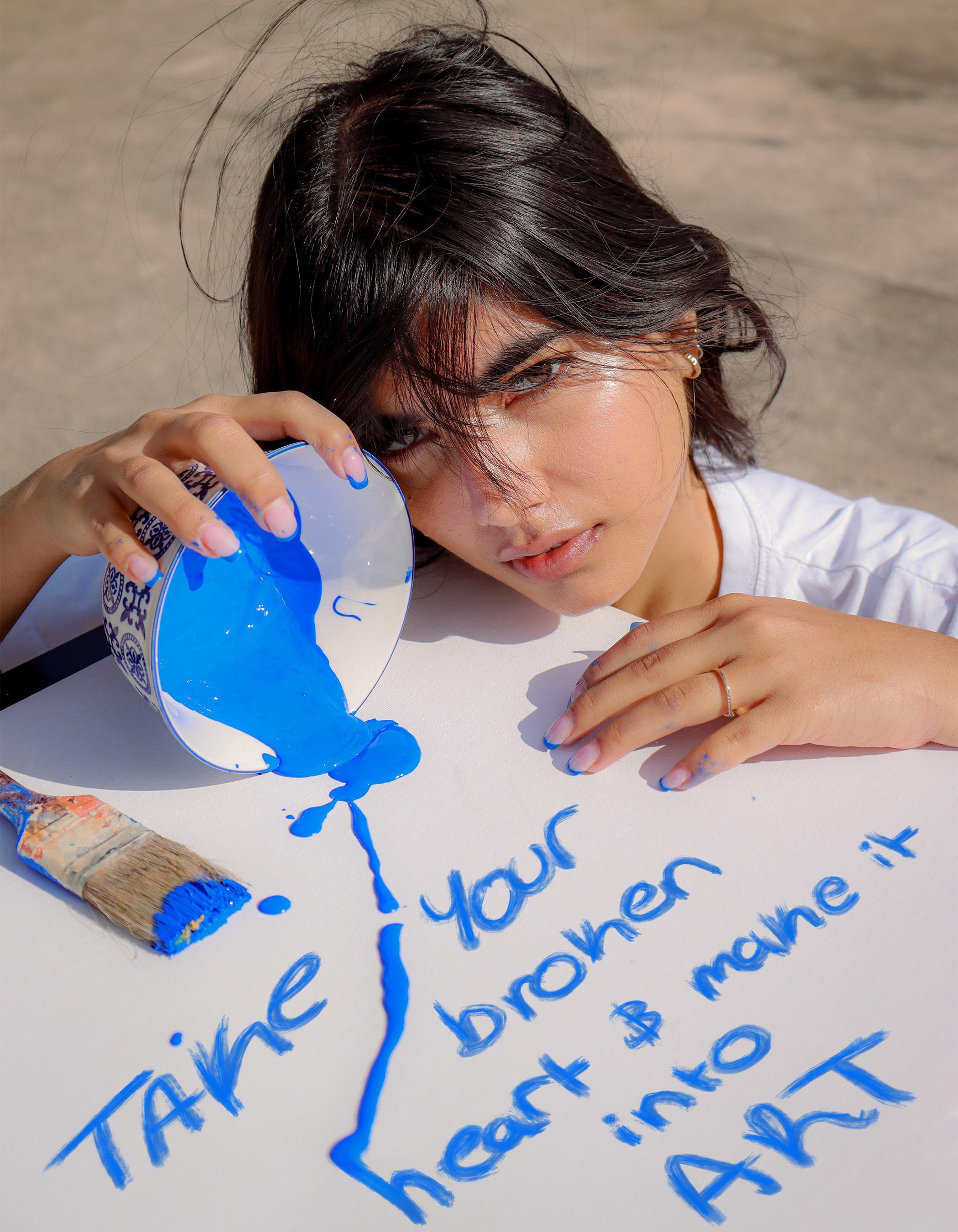
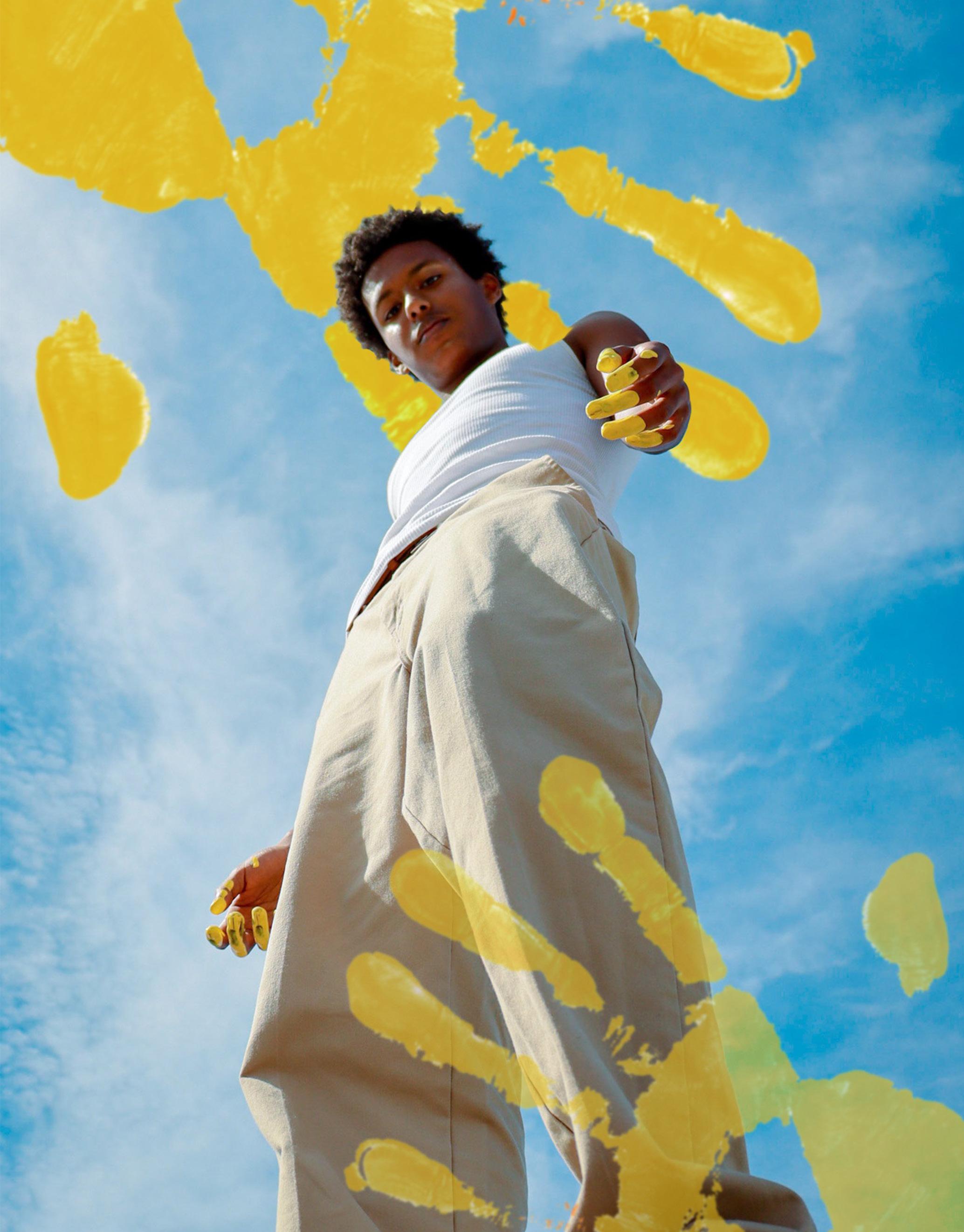

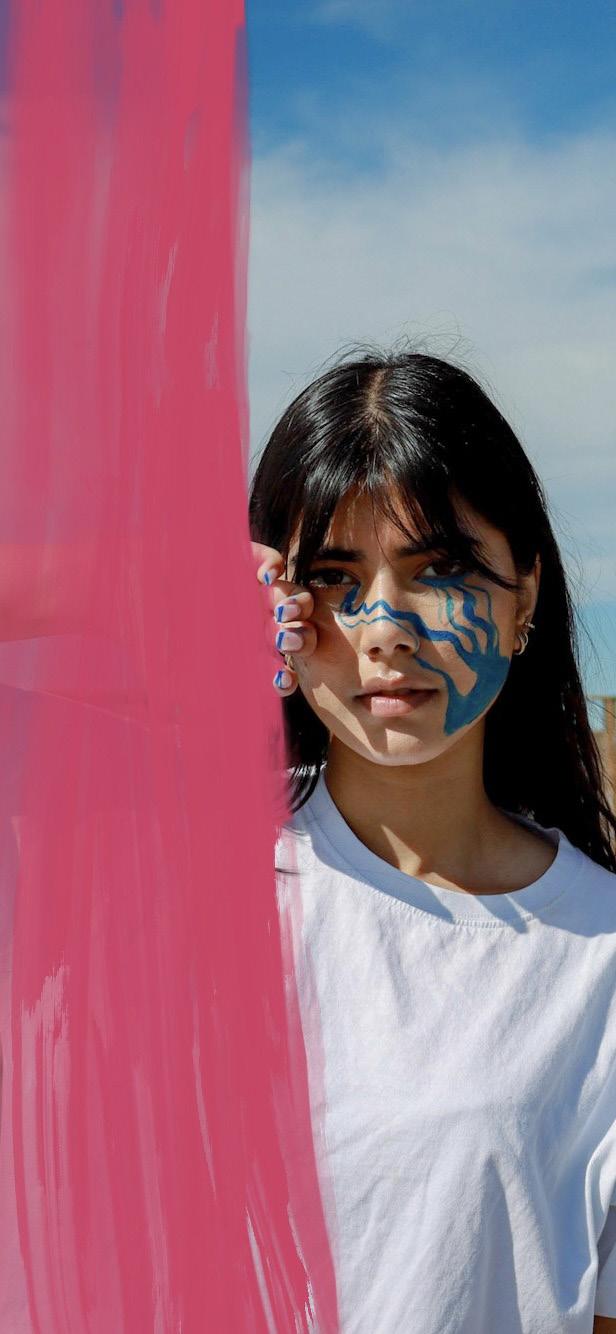
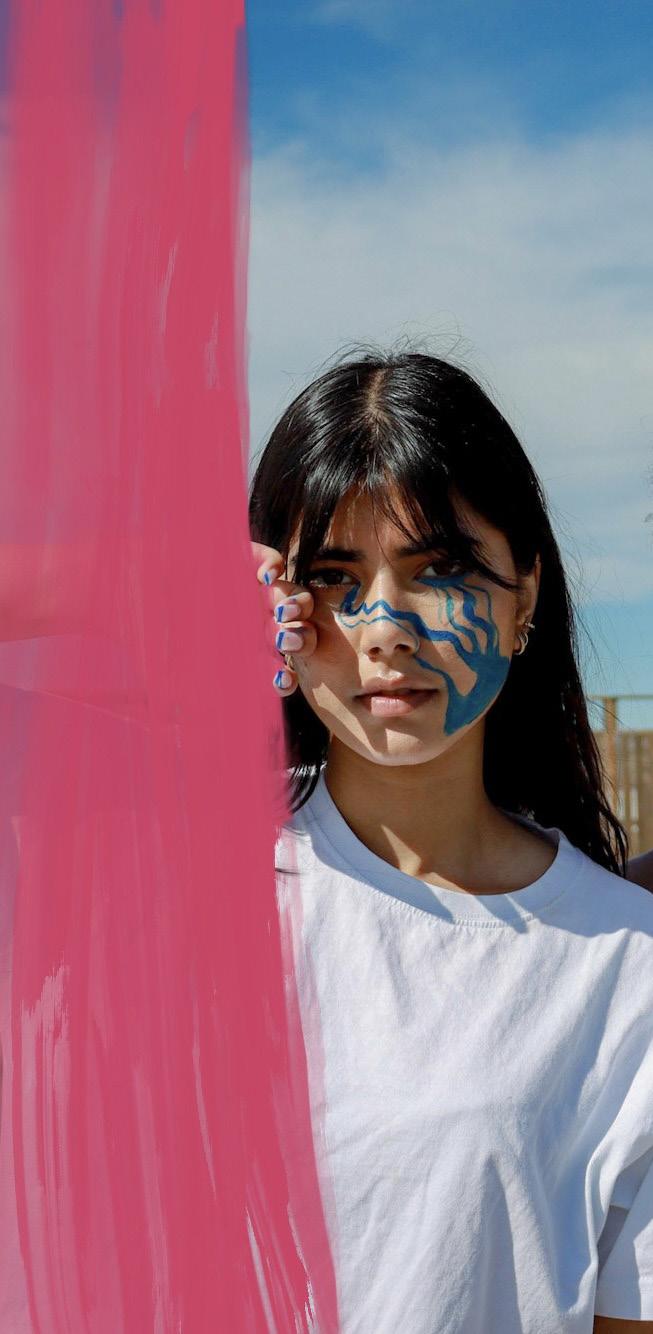

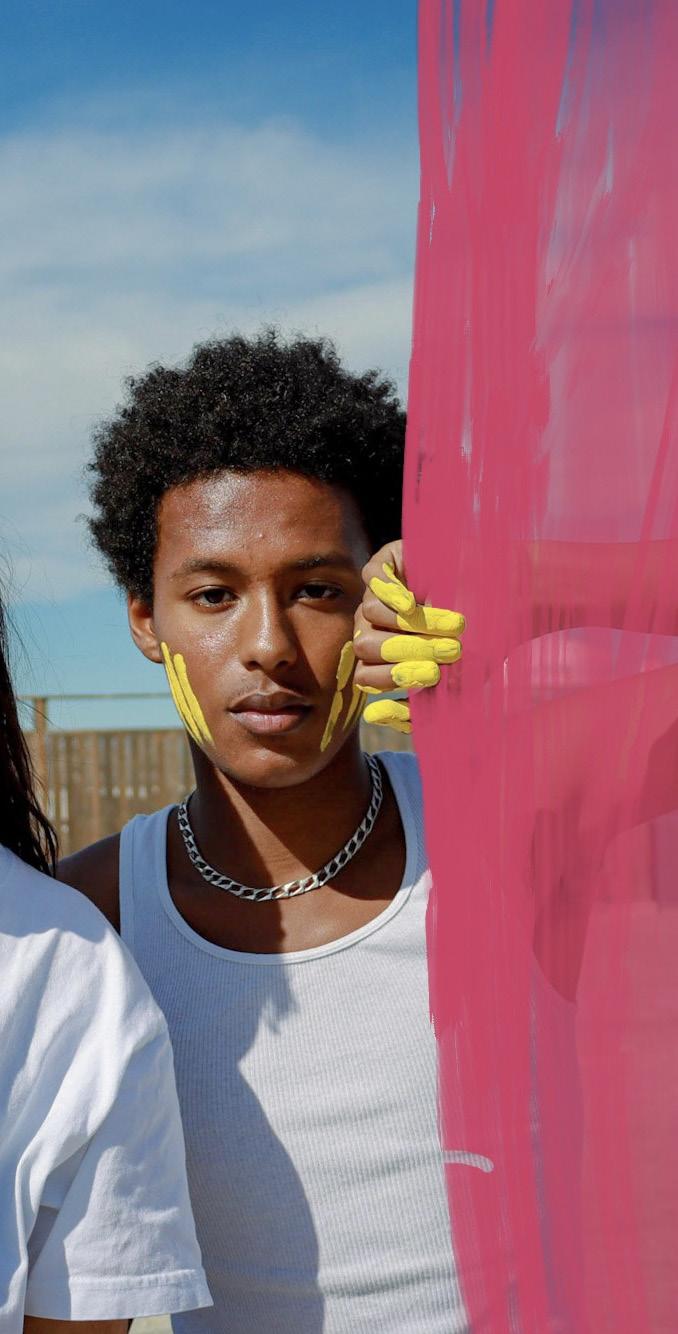
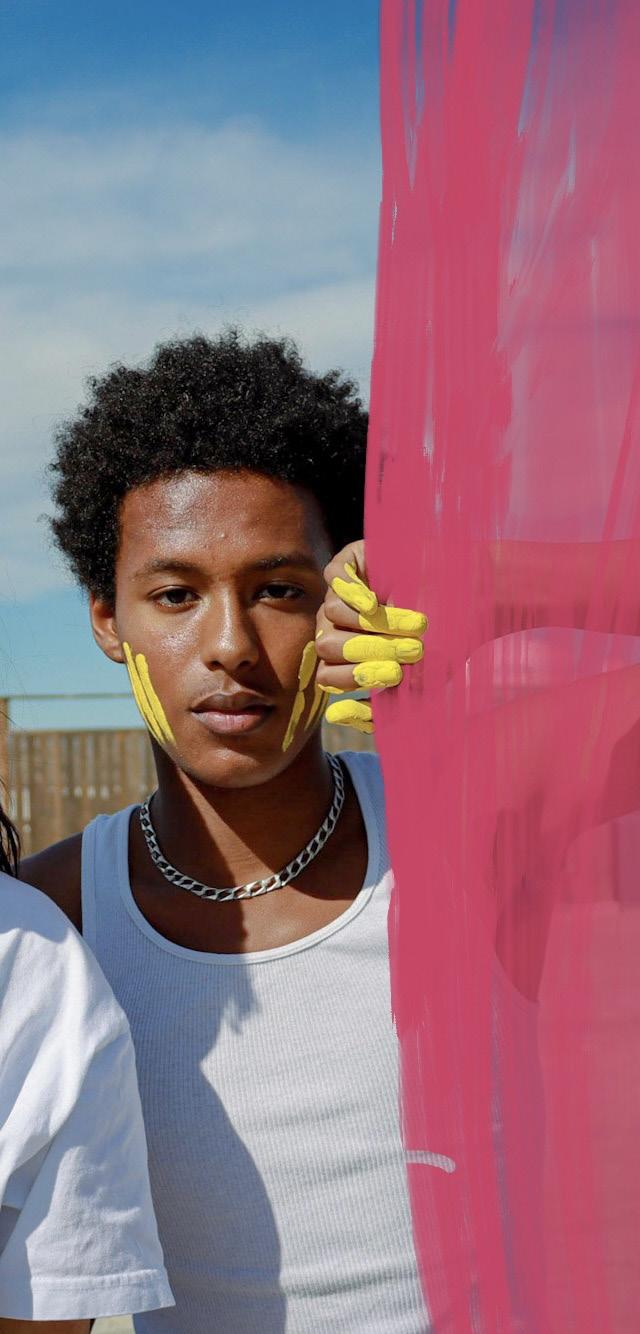
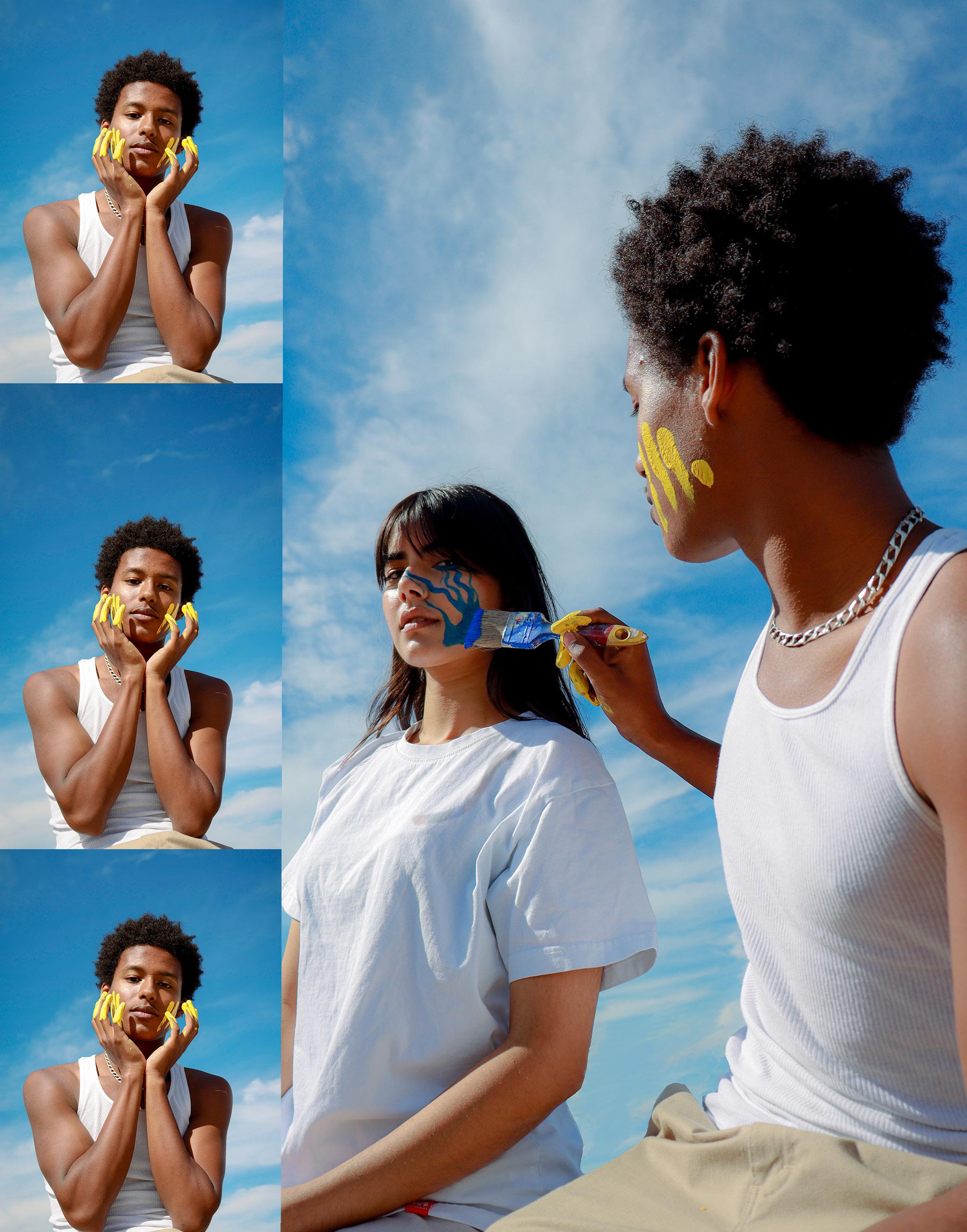
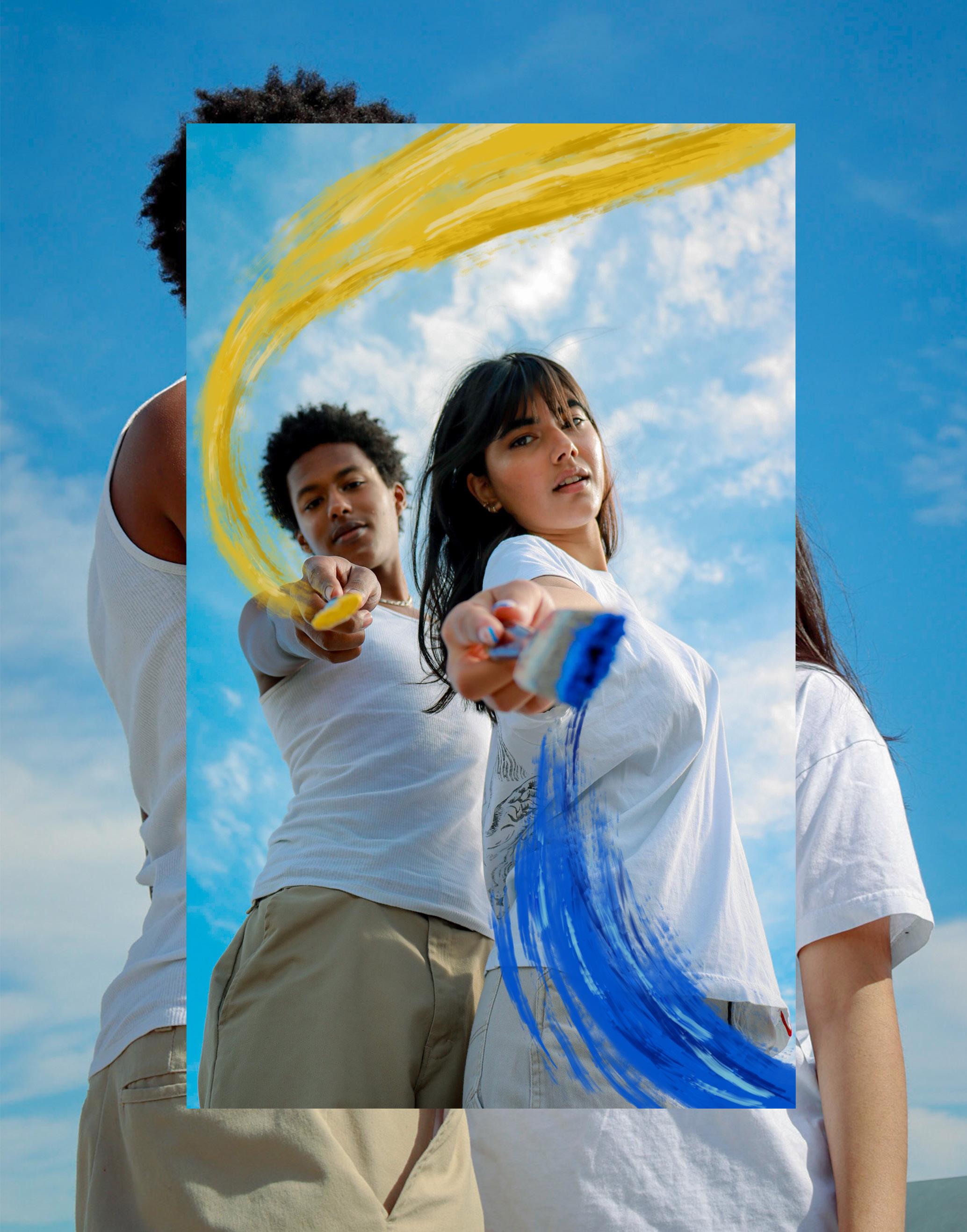
If all the world’s a stage, and we are merely players, consider the world my paradise and me soaking in the beaming light we revolve around.
princess. I was your resident theatre kid, and that was exactly who I wanted to be.
These were the words I read aloud at my grade 11 poetry night, out into a sea of classmates and parents who knew me as fitting into one specific, loud, and dramatic box: “theatre kid”. For as long as I can remember, I too placed myself within the theatrical bounds of singing lessons, show choir, and the hunger to star in a musical. I dreamt of the day that I would jet off to New York to land my big Broadway break and never look back. Performing was a time where I could look at the world in a completely different way, where the pressures of growing up fell mercy to catchy soundtracks. Embodying exciting characters on stage was a wonderful escape away from awkward teenage years and towards the confidence of Elle Woods, or the mystic ease of a Disney
When asked to write a poem that answered the prompt, “what’s your issue?”, my passion for and reliance on the performing arts was top-of-mind: I was beginning to grapple with the fact that despite my strong belief that musical theatre was my destiny, I was under even stronger encouragement to study something more practical in university. This anguish poured over my words and onto the stage at poetry night, and I continued:
If all the world’s a stagethen walking away from you is walking away from my world.
I remember the hours before the closing night performance of my graduating production of The Addams Family Musical. Caked behind pale foundation and the comically sadistic persona of Morticia
ALISA BRESSLERAddams was the knowledge that once the curtains closed, I may in fact be walking away from “my world,” as described by my poem. I waited in the wings for an end-of-act-one showstopper and a grand plot twist to bring musical theatre to the forefront of my post-secondary plans, but it never came; at the time of my closing night, my plans to pursue a commerce degree were set, and I was on track for a more traditional, risk-averse career path. Nonetheless, I marvelled in the magic of my final musical performance, hoping that the euphoria of that standing ovation would sustain me throughout university.
an artistic craft requires straying from the norm and from edged-in expectations. What I have come to realize is that there is no black-and-white when maintaining creativity: I am not solely a commerce student, nor am I solely a theatre kid. Art dictates comfort and sometimes even stability. Art should not be shunned or ignored, even if it is no longer a daily practice. Try as I might, I can never brush away my inner-theatre kid, though she has changed from who I remember her to be.
I remained optimistic that I would find clubs or activities on campus that would allow me to continue performing, but I am now faced with the reality that three years into my degree, I have not sung in front of an audience or performed in any capacity; rather, I have taken on the mold of a commerce student. I have had wonderful opportunities for learning and exposure, I have had a fantastic education, and I have grown in many ways thanks to my field of study. But the hard work and dedication required to keep up with my program has stolen energy from pursuing the arts.
Even if musical theatre is not your craft of choice, abandoning an artistic endeavour for a more practical education is an experience shared by many. It can be disheartening or disorienting if the artist within you is squashed by common pressures of university. Balancing academic commitments and preserving energy for
And what kind of character is the artist within me? She catches moments to sing in her room when home alone, but winces at what you will think if a show-tune appears on her playlist. After a long day, she slides down YouTube rabbit-holes of a 2007 production of Legally Blonde and interviews of the original Broadway cast of Spring Awakening, but she spends her hours perfecting financial formulas rather than five-note-scales. She does not present herself with the vocal power and volume to fill a 500-person auditorium, but that does not mean she is silent. She lives in colorful avenues of my mind, and it is like a hug from an old friend when she visits.
If all the world’s a stage, it is more than applause and curtain calls. It is butterflies, mountains, rollercoasters, and learning, but it is still my world.
Forget juice cleanses and fashion fads, a new trend has hit the internet: reading. You heard it here first - books are the newest accessory, and picking up the latest Emily Henry novel is equivalent to getting your hands on this season’s jaw-dropping handbag. The newfound popularity of reading can be linked to the phenomenon of users on TikTok fawning over books, labelled by the community as “BookTok.” BookTok garners its attention by not merely reviewing books, but by presenting them with relatable Gen-Z humour. Videos with captions like “tfw you only like boys in books and not IRL” or “these are some books that will make you sob for weeks” generate an idea of reading that is public, current, and connects us with one another through shared emotions and experiences. While reading is often a private, intimate exchange between author and reader, BookTok demonstrates that literature enacts fun discourse and conversation, not isolated to reading in one’s bedroom.
taste; I sometimes wonder if BookTok, instead of advertising Colleen Hoover books with formulaic tales of abusive romance, would consider the poignant reflection on queer sexuality in Giovanni’s Room by James Baldwin or the stylistically challenging In the Dream House by Carmen Maria Michado. The same way that Rupi Kaur adorned Instagram with especially digestable poetry, requiring little analysis to understand, I am curious if the novels of BookTok prevent readers from engaging with literature critically. Perhaps readers are only concerned with its direct content, and whether it sensationalizes readers through plot twists and erotic scenes. I would even posit that the desire for a quick comprehension of literature aligns with TikTok’s design as a platform; mindlessly scrolling means content should be easily understood, so maybe BookTok’s literature follows suit.
As an English major, books are a central fixture of my life. I read often and voraciously as it is what my academic pursuit prompts me to do. While I love analyzing literature through the lens of academia and its theoretical approaches, I usually resonate with books that emotionally strike me. I appreciate how BookTok leans unabashedly into this affective side of reading that is often neglected by scholars and professors. But being an English major does come with my shamefully snobbish concerns of what BookTok promotes in terms of literary
To dispute my own pretentiousness, I am also of the belief that people should enjoy whatever the hell they want. Little is fulfilled by policing public interest and doing so only discourages people from analytically consuming literature that they love in the first place. As BookTok’s favourites have ranged from YA fantasy to the sad-girl fiction of Ottessa Moshfegh, its content should not be didactically judged, as the platform appeals to a wide scope of readers. Despite my reservations towards literary taste, I hope BookTok remains a vibrant community on the app, as its contention that books are a source of joy and delight has been fundamental to all aspects of my life.
As someone who’s electronic music library has recently grown by thousands, it felt natural to spend the first post-pandemic summer attending shows where DJs played live sets. From travelling to festivals to frequenting random warehouses in the West End of Toronto, DJs and their sets have formed some of my most fun and memorable moments. Yet, rave scenes and DJs are often portrayed in a negative light: many simplify their experiences down to drugs, creeps, and an excuse to escape. They are often portrayed as being focused on anything but the actual music they share - and yes, dare I say electronic music is actually music.
My music taste is not bound by a specific genre; I have love and appreciation for all genres of music, but I’m provoked by how excluded electronic music is from conversations on ‘real’ music and concert experiences. Ask me what my favourite concert of the summer was, and I would tell you it was with a DJ - only to be hit back with “but no, like an actual concert you went to”. These comments made me question why we exclude electronic music from conversations about “true” music - what makes it any different? It was during a run-of-the-mill concert, electrified by alternative music and individuals, that my opinion of DJs being the
best form of live music came to fruition.
I understand how special it is to see your favourite band or artist perform live, even if the difference between the version you hear in your headphones and the song being played on stage boils down to some additional live vocals or new instruments. But the uniqueness and spontaneity of a DJ set, where every track is chosen on the spot, is what thrills me about live music. DJs curate a specific order of songs, tailored to their crowd, venue, and environment; it’s not just computer sounds mushed together, but rather, an enthralling feeling from knowing that everyone around you is just as entranced as you are. To me, that’s what illuminates the experience of raves and electronic concerts. Not the drugs, not the outfits, and definitely not the creepy things that may occur. It is the music, though oftentimes containing no words, and how it fosters one of the most unique ways to connect with a group of people, that truly entrances me.
Electronic music is one of the purest forms of composition, and the way it is performed is one of the purest forms of connection. It’s with this notion that I hope audiences open themselves to embracing electronic music and live DJ sets as one of the most gratifying and compositional experiences you can experience.
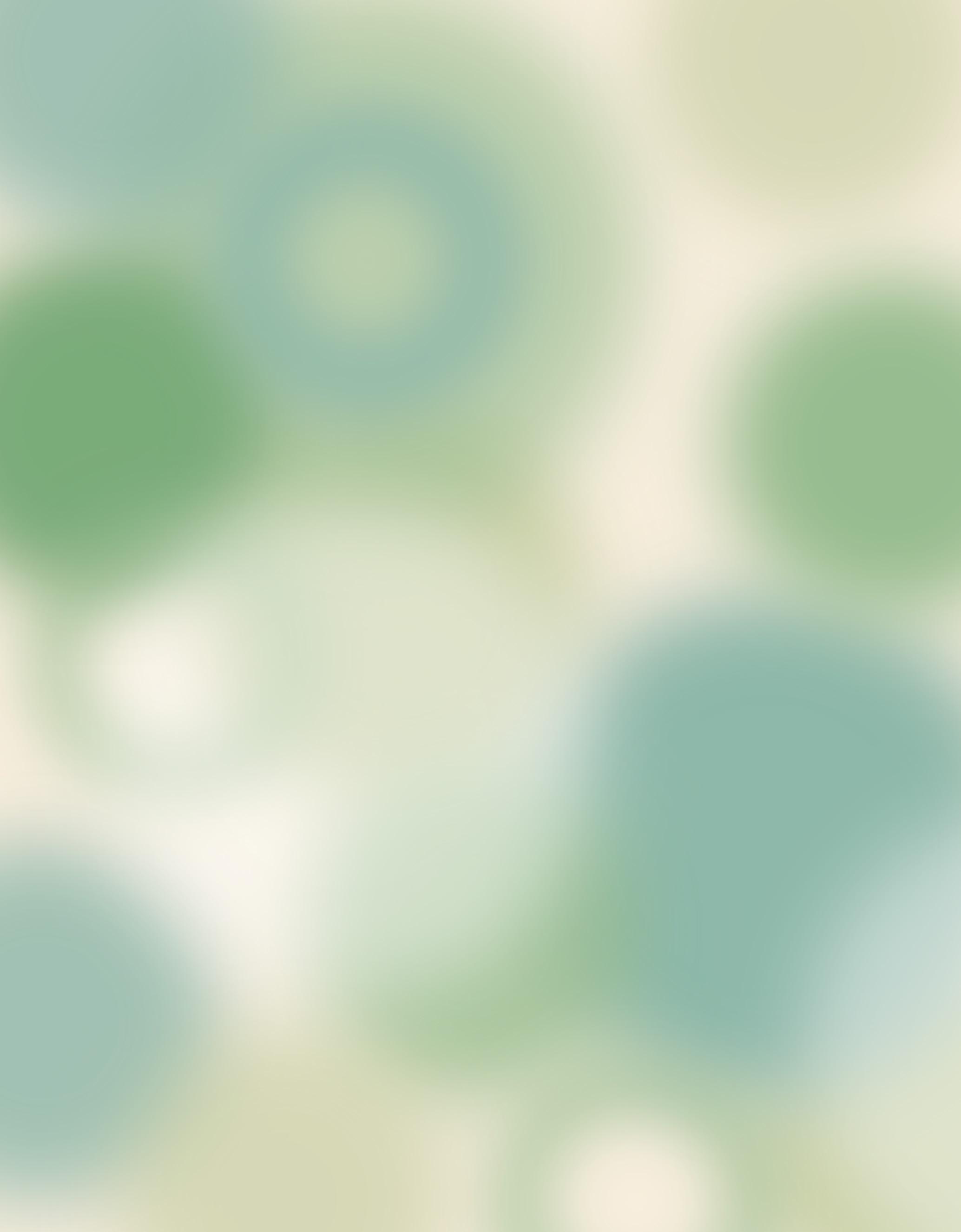
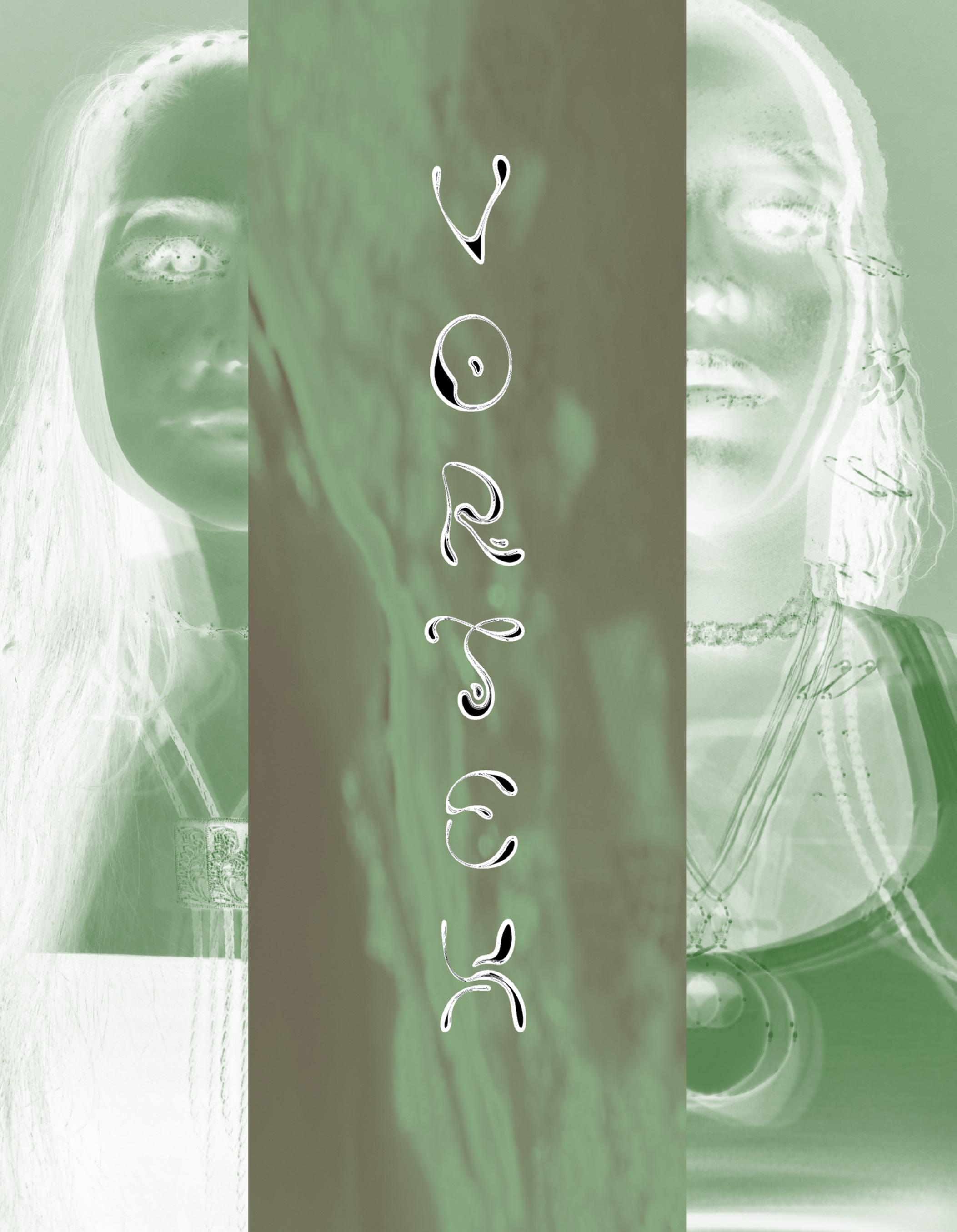
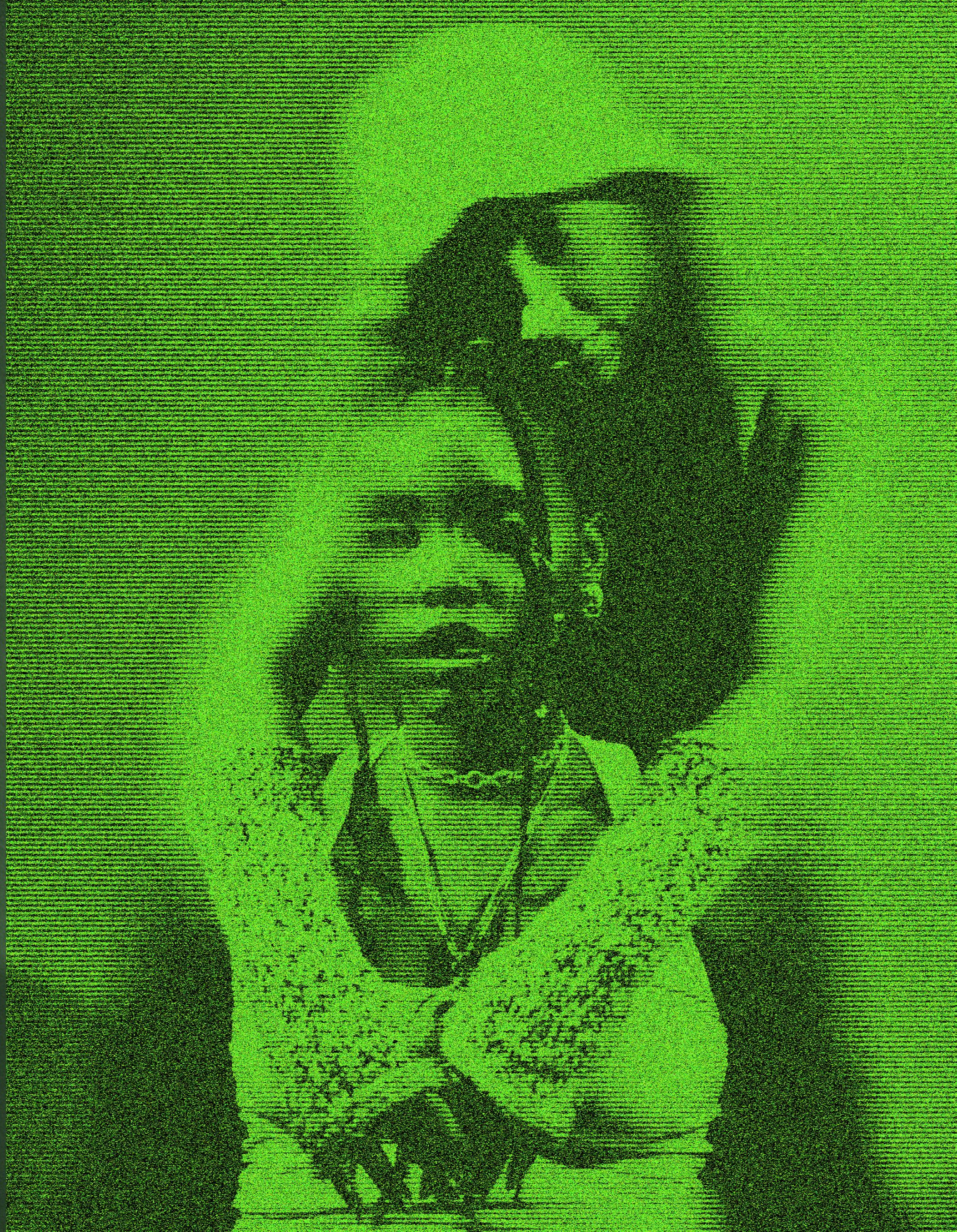
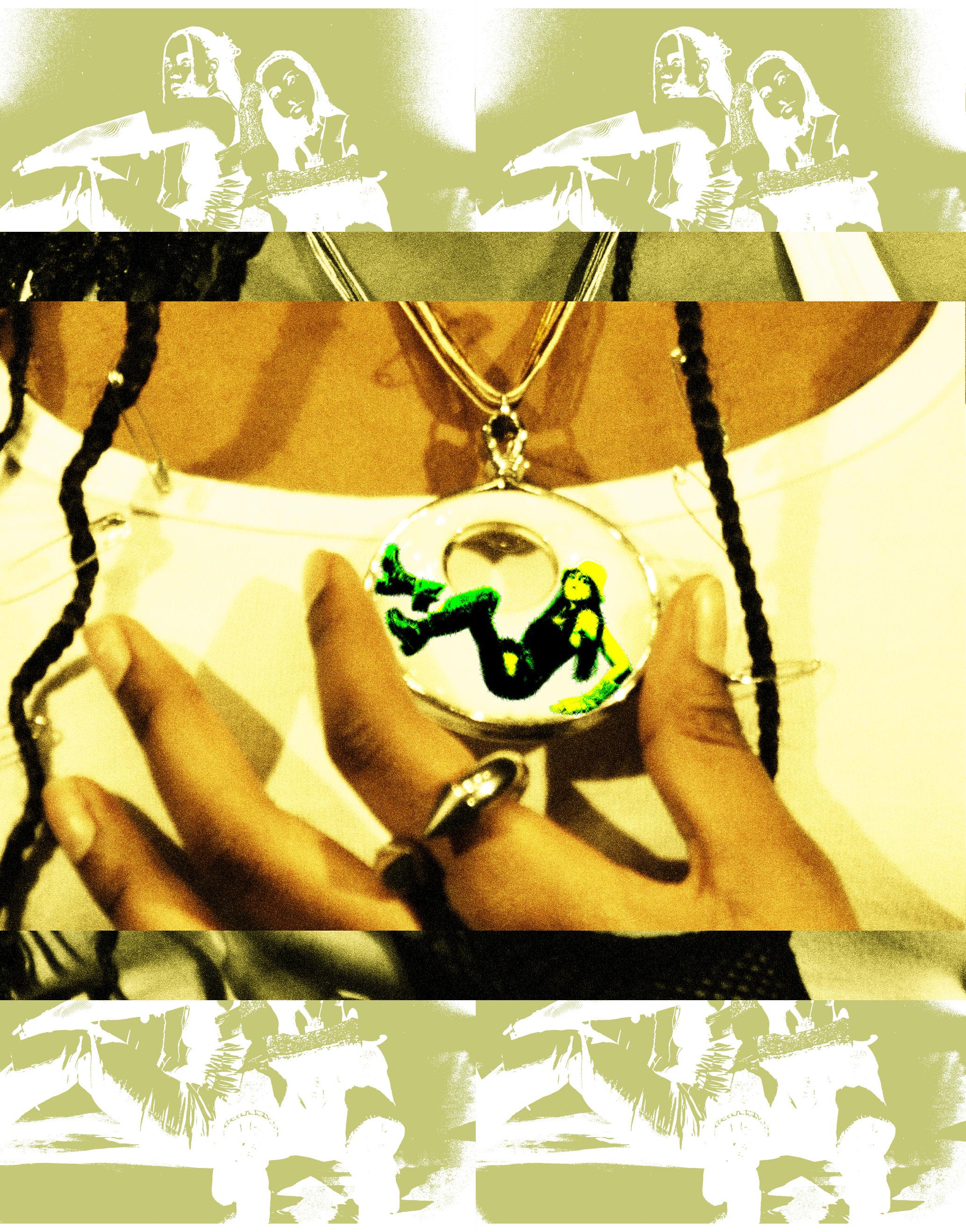
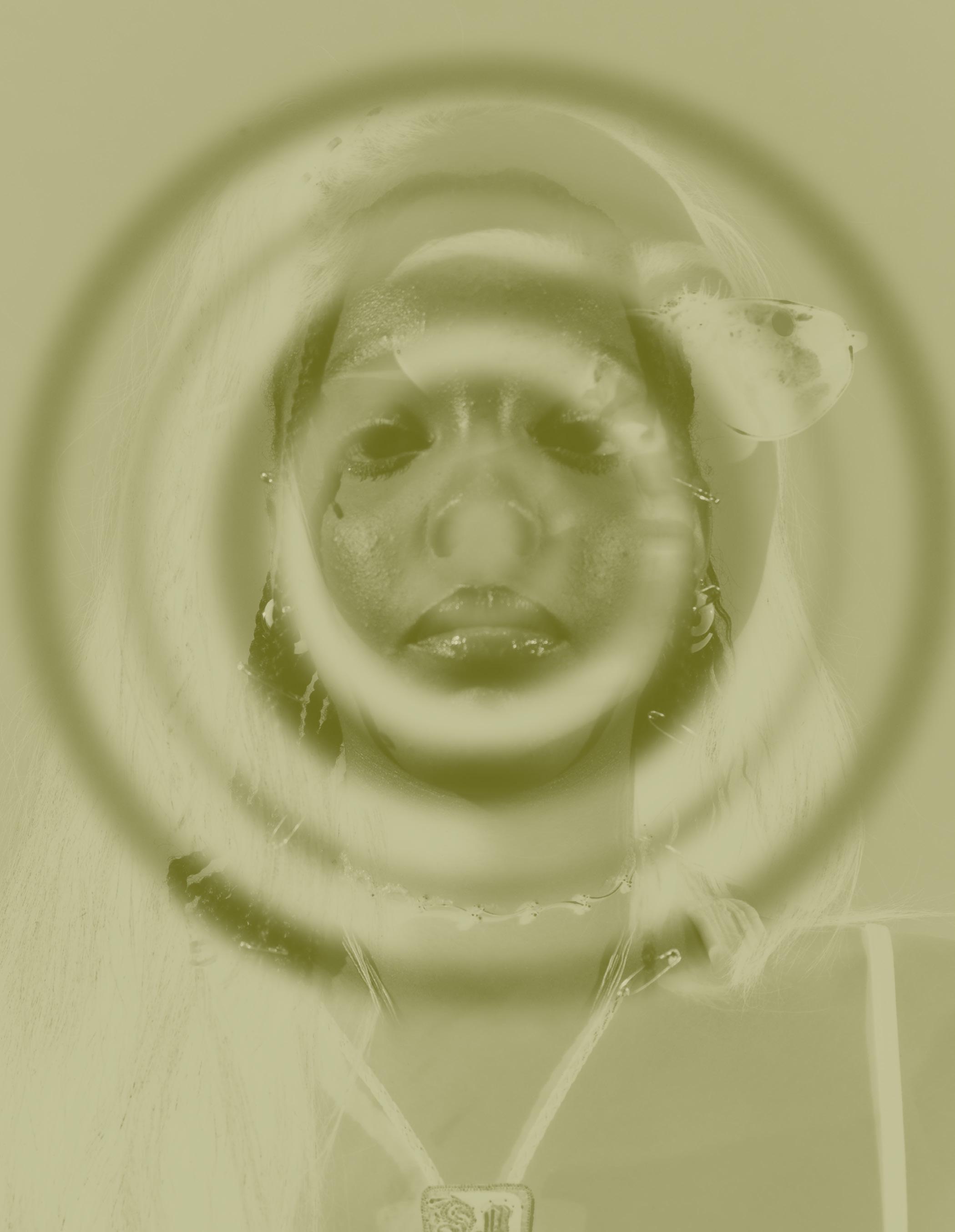
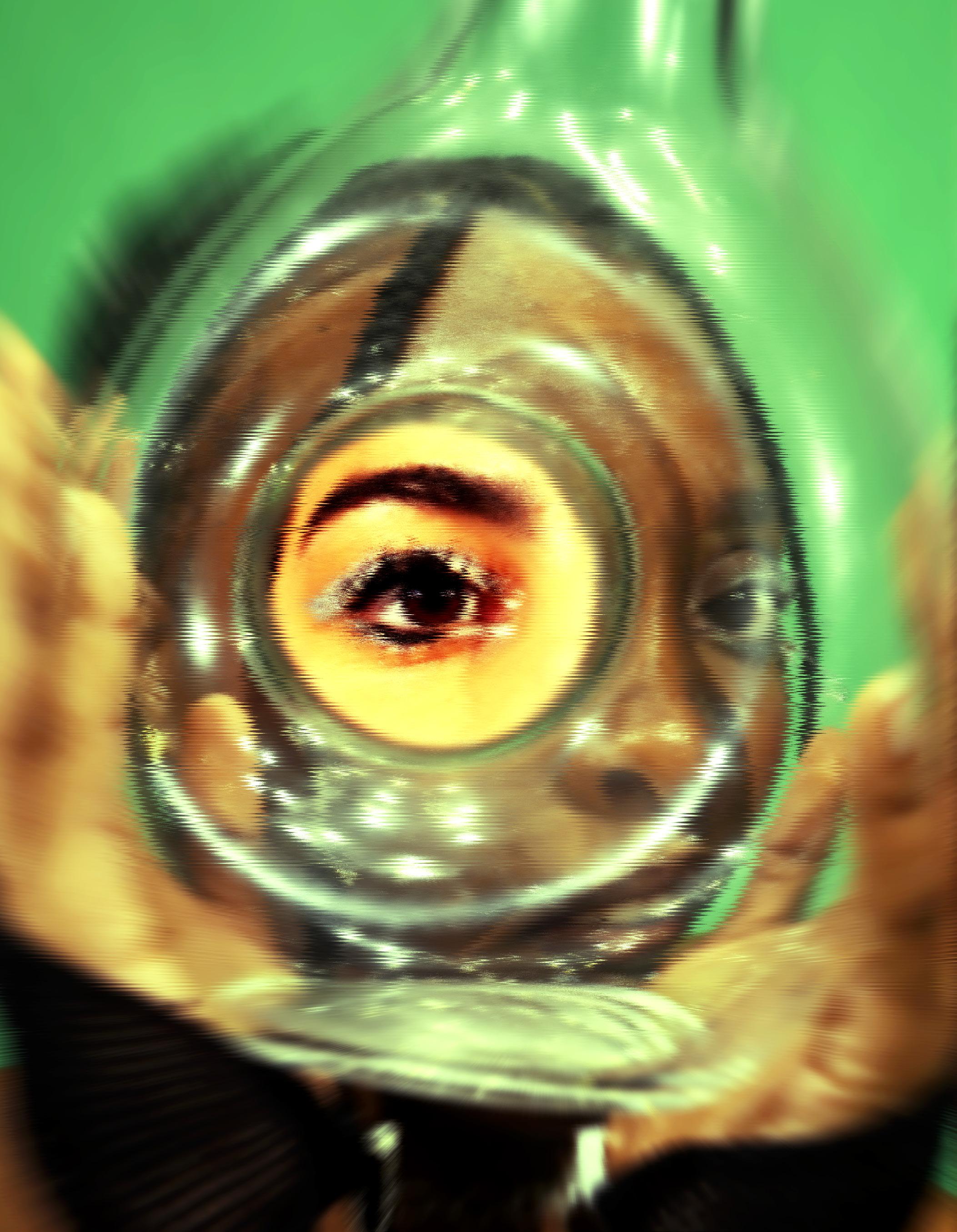
you’re an artsci student (whoops, there it is), it can be hard to find a tight-knit community within such a large faculty. Personally, I turned to partying and joining school clubs as a means to reproduce the experience that college movies advertise. Simply put, I hit both the high and the low notes.
Never have I ever auditioned for my university acapella group. Never have I ever been recruited to join an acapella group in the communal showers of Vic Hall. Never have I ever attended an acapella riff-off in the middle of the night to sing songs about sex. If my college experience sounded like that, it would be pitch perfect. Watching Pitch Perfect in the 5th grade shaped my expectations of what attending university was going to be like, and ultimately, the iconic movie was not completely out of tune.
The Bellas are our engineers, ruthlessly sticking to purple-tinted traditions that very few understand. The Trebelmakers are comparable to our commerce kids; their striking ‘confidence’ consumes their presence. The obsessive competition between the faculties is so persistent it is brought into the bedroom— gael forbid they sleep with each other. If I had to cast myself in Pitch Perfect, I’m not Becca - I’m Benji. I grew up in a setting closer to Glee, with interests that were quickly deemed embarrassing. When
To make up for lost time, I convinced myself that the college movie genre was a rulebook to be followed - never be caught with a backpack, and be prepared for the fact that everyone already knows everyone. Any college movie must have a legendary party scene, complete with a slow motion effect on a crowd dancing to mid-2000s hits, and covered in red solo cups. But my first year was sadly devoid of a Pitch Perfect Initiation Night to fulfill this iconic party experience. I soon realized that I needed to separate my favourite movies from my reality. As I abandoned these expectations, the faces I had once neglected became familiar and people began to let loose. It took several aca-awkward nights of talking to strangers over loud music, in kitchens lit by blue LED lights, to meet my friends. It was only then that my nights unintentionally turned into scenes I watched on Netflix; my only critique was too much beer pong, and not enough dancing.
Although I gained confidence in my social life, I was eager to explore endeavors outside of partying. After giving horizontal running a try, I returned to my abandoned interests. Just as Becca pushed herself to give the acapella group a try, I pushed myself to form my all-consuming ideas into an online article. In second year, I wrote my first article for MUSE Magazine, and on my publishing day, I found the magic in me.
The moments that feel like a movie are not obvious. For me, it happens when I play the right Kelly Clarkson song on route to class, or when I fall for that stupid love song. Nonetheless, it wasn’t long ‘til I called Queen’s mine.
Fashion and pain are historically intertwined.
When we think of fashion, we often think of women being strapped into spine-bending corsets or stumbling down streets barefoot because their heels were just too painful.
And perhaps, we associate fashion with not only physical pain, but also emotional torture. You might envision Meryl Streep’s deathly glances in the Devil Wears Prada—her intimidating once-over of Andi’s conservative plaid skirt could quite possibly terrify anyone. Or maybe when you think about people discussing fashion, you envision Regina George’s frigid and terrifying rules dictating what one can wear.
Fashion advice is frequently imagined to be that of “The Plastics”: we equate it to the conformity and cruelty of teenage girls, picking fun at outsider’s mismatching patterns. More often than not, we presume that conversations about clothes end in tears.
And aside from their association to pain, conversations about fashion are also belittled and boiled down to a misogynist interpretation, in which (mostly women) spend hours speaking about something as silly as “what to wear”. Movies and TV shows portray young girls huddled around a closet as a waste of time, and the differences between two identical tops are watered down to be the result of a lack of intelligence or an excess of immaturity.
While most of us do not spend hours discussing the industry at length, fashion is eternally present in our day-to-day
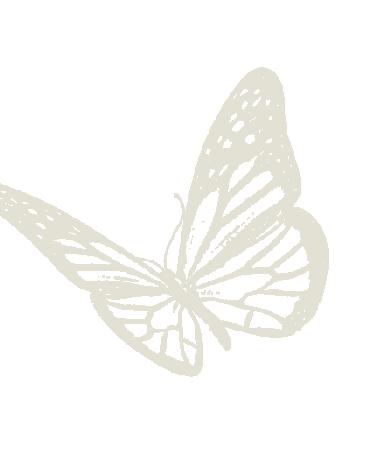
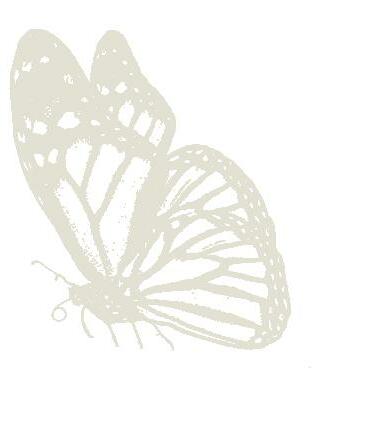
conversations. It most frequently manifests in the advice we share amongst our friends - the everyday discussions about what to wear. As the media has positioned fashion as synonymous with cruelty and vanity, spending endless amounts of hours discussing it feels shameful; we feel slightly ashamed every time we ask a roommate which top is more flattering and apologize in advance whenever we send outfit pictures to a groupchat. But advice is a tradition—regardless of topic, and whether it is passed down from grandmother to daughter or from roommate to roommate. Conversations about fashion are imagined to be mean-spirited or immature, but as is true with any other form of advice, encouragement - whether it be in reference to a large life change or simply wearing a loud print - is rooted in love. To suggest a new color or to reassure a pattern is to uplift someone. A borrowed shirt can be an “I love you”. A text thread of friends voting on the best outfit for a first date is fuelled with the same passion and optimism as a huddle before a sports game. And a proposed alternative outfit can be a last attempt to encourage your friend to still leave the house with her head high on her shoulders.
There is no denying that fashion advice can be cruel and come from malintent. But it can also give encouragement to find your own style, to venture out artistically, and to walk with a skip in your step knowing that you look good - so you feel good. When you give fashion advice, you do not need to be echoing sentiments of a famously exclusive industry. While critics may chuckle and shake their heads in misunderstanding of the impact of a good pair of jeans, the rest of us know - a hand-medown shirt is the best pick-me-up you can find.

If we are allowing fashion to be painted in a negative light because of the industry’s momentary lapses in judgement that result in pain, we are doing a disservice for the beautiful moments of our lives that are irreversibly defined by the clothes we wear. The relationship we create amongst shared opinions on clothes and the excitement of finding the perfect new piece is much more powerful and influential on our lives. Whether it be my mother telling me what color my homecoming dress should be, or a friend letting me borrow a jacket for the nights I feel less than self-assured, conversations about fashion are inherently and deeply human. Fashion should be viewed as a beautiful way to stay connected to yourself, and to others.
When we recognize the intrinsically kind nature of fashion advice, we see how it can be a love language. Hand-me-downs from my sister and mother act as physical representations of the ties that bind us. I wore my sister’s favorite sweater to an interview, and the hour-long conversation that preceded the outfit decision was not one of narcissism or naivety, but empowerment and support. Part of the beauty in giving fashion advice is that it carries the same potential as a motivational speech.
So, deep dive into magazines and their overviews on the colors of the season, and don’t feel ashamed next time you spend hours picking out an outfit for a first date. Fashion will always be a part of our lives — so why wouldn’t you talk about it?
Growing up, going to thrift stores with my family was nothing out of the ordinary. Flash forward 15 years, and you’ll still find me waltzing into a Value Village to find my new thrifted item every couple of weeks. I grew up knowing the ins-and-outs of my local thrift stores, which builds my perspective on how I view the problems that come with thrifting today.
When I first walked the aisles of my local thrift stores, I wasn’t embarrassed - to me, it was just another place to update your wardrobe. It was a safe space; it was a place where you could get anything you wanted without sweating at the sight of the price
tags. Growing up, I saw first-hand how these stores served as a safe-haven for those who needed it - as the gift that kept on giving.
Growing up in a city divided by socio-economic realities, my 10-story, dingy apartment sat on the border of one of the affluent, lavish neighbourhoods in the city. I would go to school with kids who had a different pair of coloured Converse each day, and then back home to people in my building who looked and dressed just like me. Whether I didn’t have a grasp on the socio-economic environment around me, or I was naive, or I simply didn’t care, it made no difference: the way I
purchased clothes added no shame to my life.
As I grew older and became more socioeconomically privileged, I didn’t visit my once safe-havens as much. However, deep down, I maintained a personal appreciation for truly how much they can support someone’s livelihood. This appreciation only grew with the rise of young shoppers frequenting these stores and seeing them as trendy. When thrifting first became trendy, I tried to hop on the train by integrating old pieces from my mom and I’s wardrobe, turning something that used to be viewed as cheap and dingy into something stylish and unique. Repurposing our old favourite pieces subsequently helped me celebrate the popularity gain of thrifting - after all, why would I be upset about a concept that is so accessible and sustainable at its core? But it was not long until I grew wary of my safe-haven, as my peers began to use thrift stores to find their new grunge aesthetic and live out their Pinterest board.
buyers now always on the hunt for items, the supplier ultimately holds power over price.
These realizations left me with a touch of anguish. It made me mourn for my younger self, and the young girls like me whose families just needed an affordable place to buy their everyday clothes. Just because second-hand stores are now seen as an accessible place to haul your new trendy finds, the demographic of people who need these stores has not changed. Lower-income families still depend on them for their basic needs, and their reliance on thrift stores has not magically dissipated.
It was when I first started going back to my same thrift stores that my perceived safety in these places were shattered, my mind doing backflips at bloated price tags. It became evident that thrift stores now serve as cheap suppliers for resellers who are on the prowl to find something to flip. These were not the second-hand prices I remembered. While supply of second-hand clothing is hardly limited, the demand for it continues to run high, and with resellers and
It is ironic how inaccessible a sustainable and once-accessible practice has become. As someone walking the thin line between my past and current life, I question whether I should even be taking up space in these stores, because there is definitely a young girl out there who needs the trendy top I found much more than I do. People who don’t need to go to thrift stores often view them as toy stores, whereas certain families still view them as safe-havens. Although I owe a lot of my personal confidence, style, and childhood to thrifting, its recent inaccessibility and ode to overconsumption has definitely made me more conscious of thrifting habits. I find myself asking if the baggy Harley Davidson t-shirt I picked out is something I truly need, or if it would be more needed in someone else’s hands?


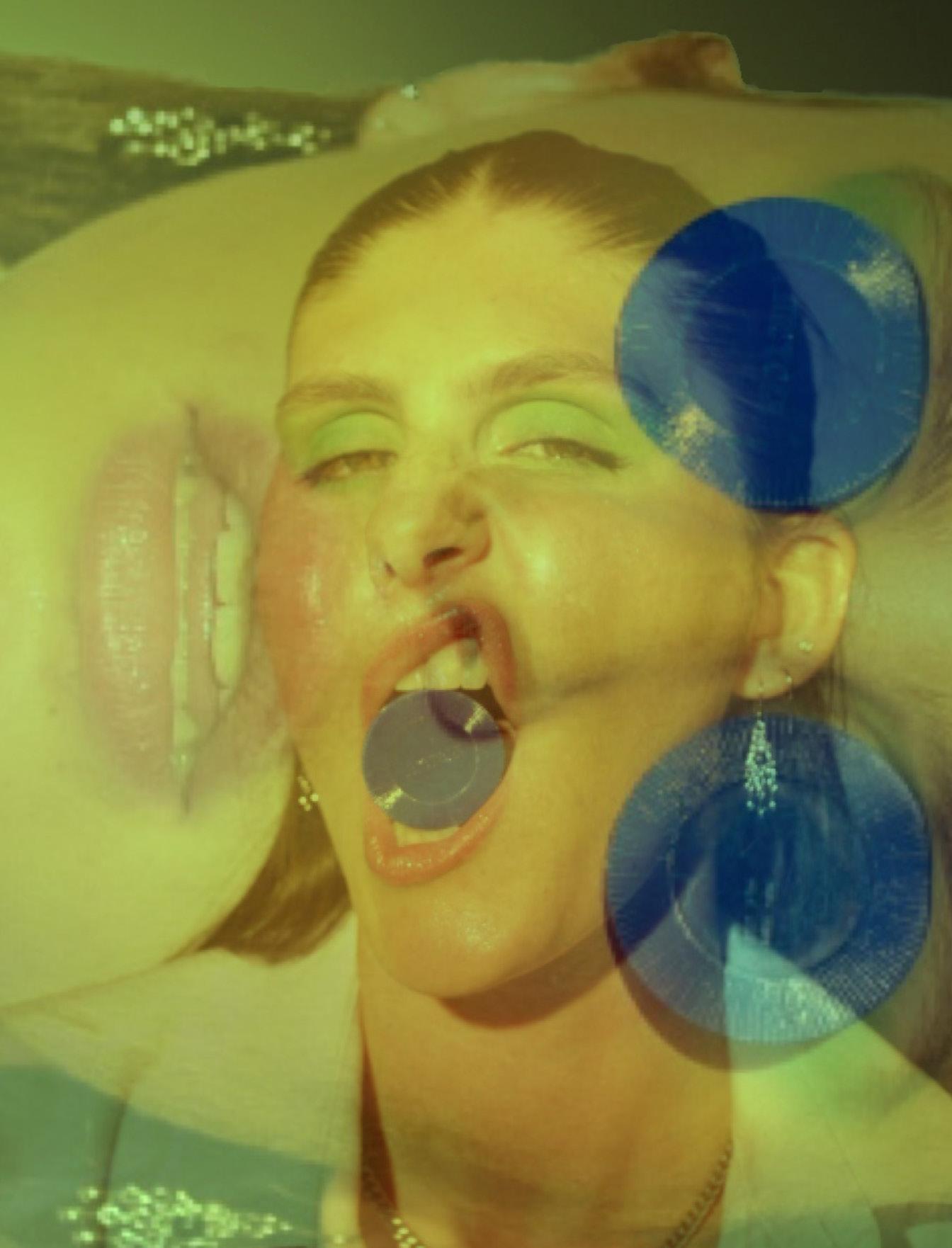
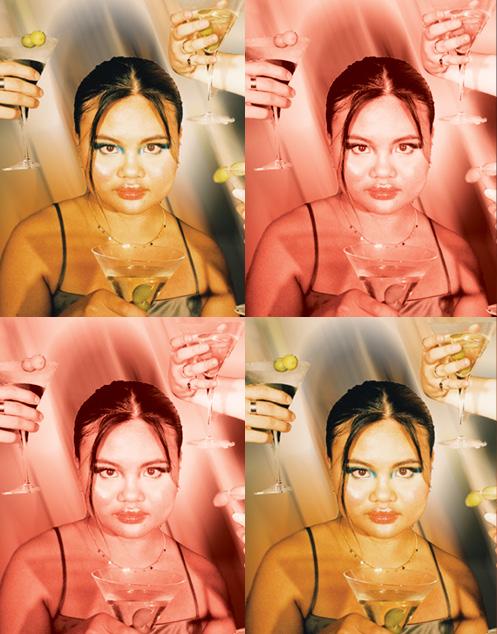

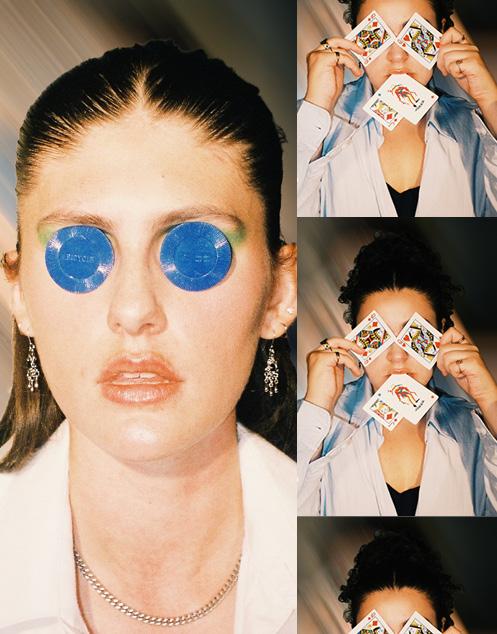
king where everything from knees unshaken to the muscles wrapping my jaw, trailing down my neck feels like yes all over. i would feel embarrassed if I wasn’t dripping with arrogance. gluttony is a golden crust. these words are delicious. you are pie.
i won.
There is often a sense of shame that female-presenting individuals have with showcasing open sensuality and romanticism. I used to feel ashamed of any feelings that fell into that realm. These pieces invited me to challenge that shame. Mars is the planet that rules over desire, passion, sex, and assertion. When writing these pieces, I let Mars rule over me.
lover i just like the word. the way it moves through my mouth it is just the word. it drips off my tongue like hot honey. it is sweet and it burns. i can be so much (it doesn’t mean you should feel it as such) it’s just this is how I love.
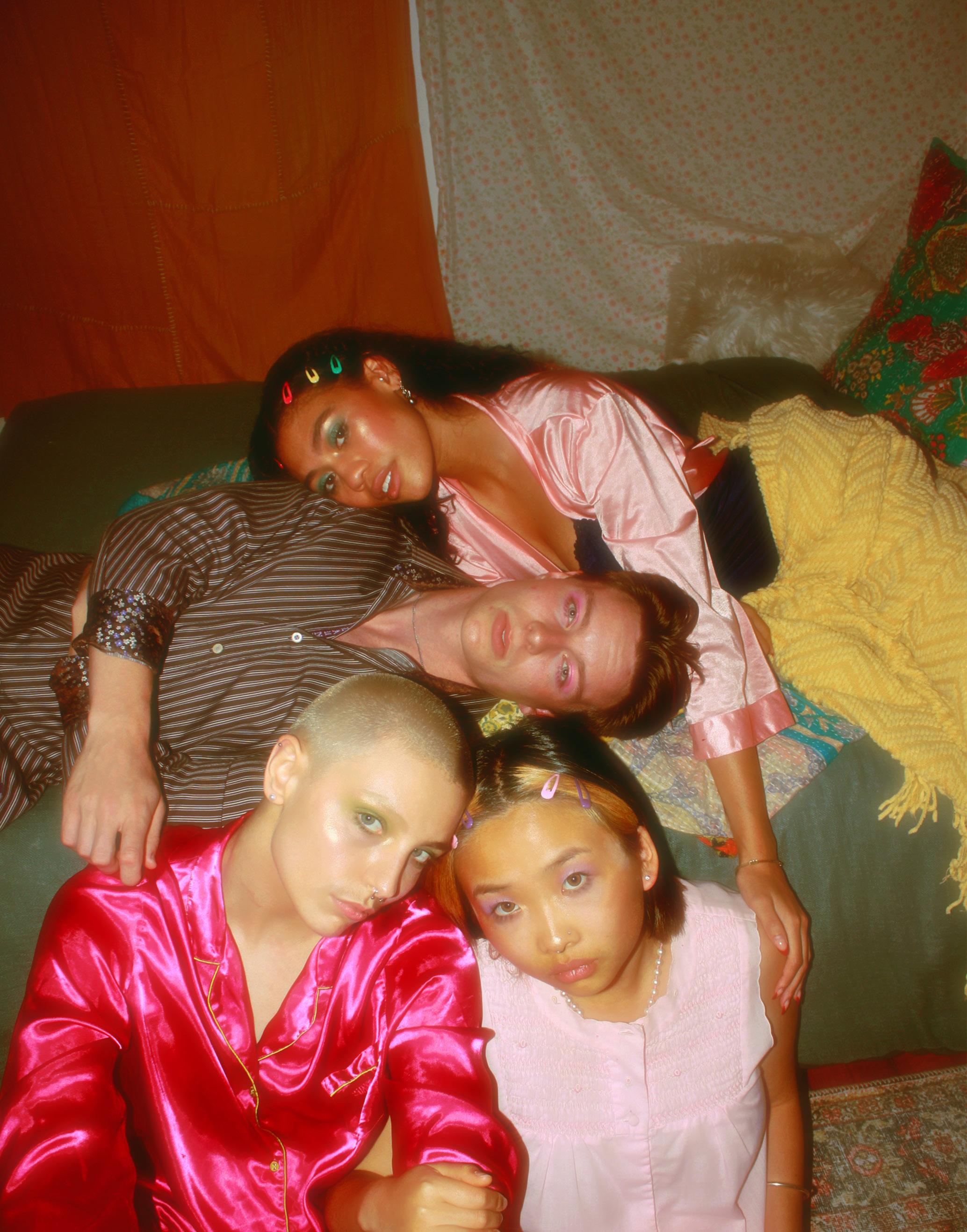
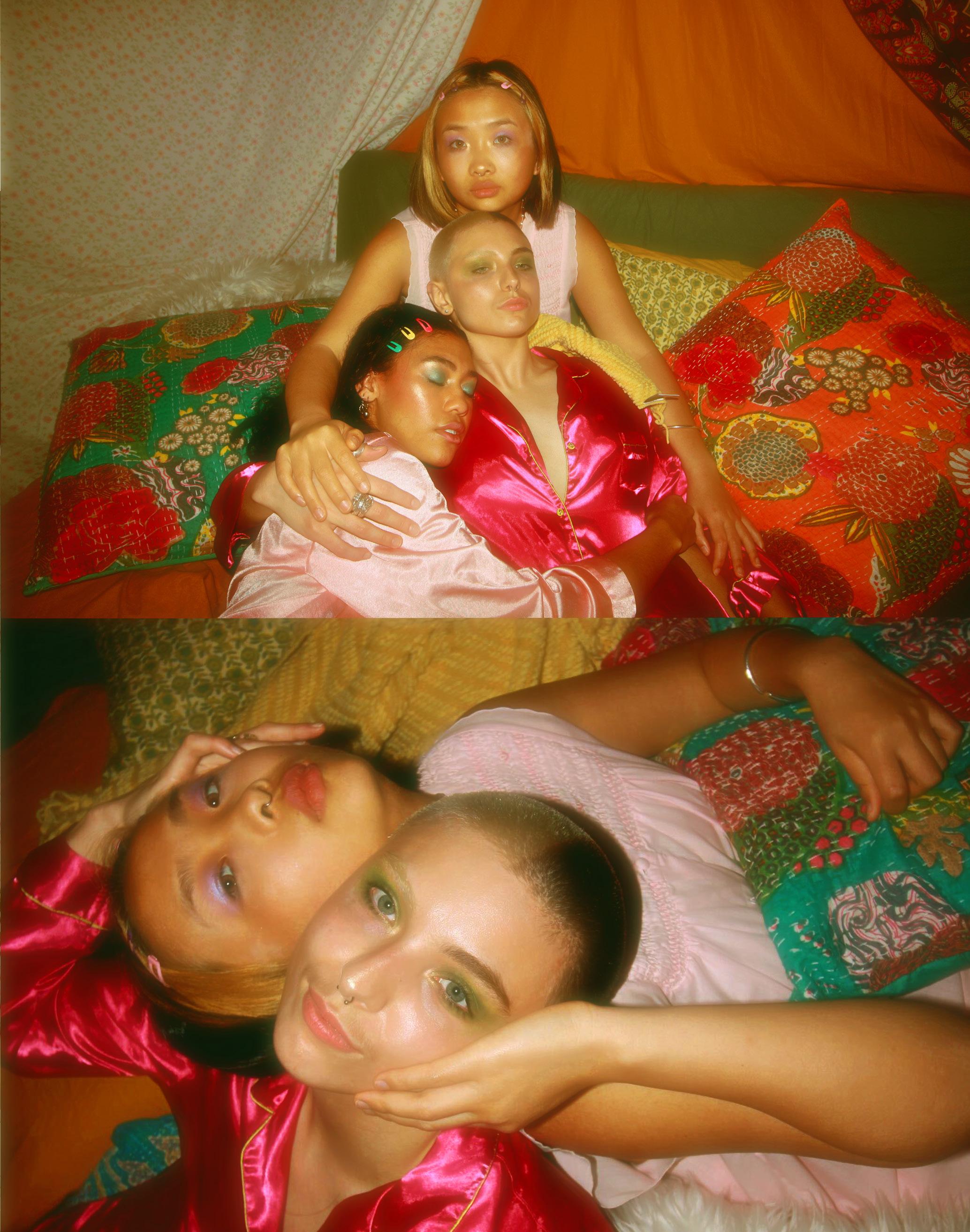
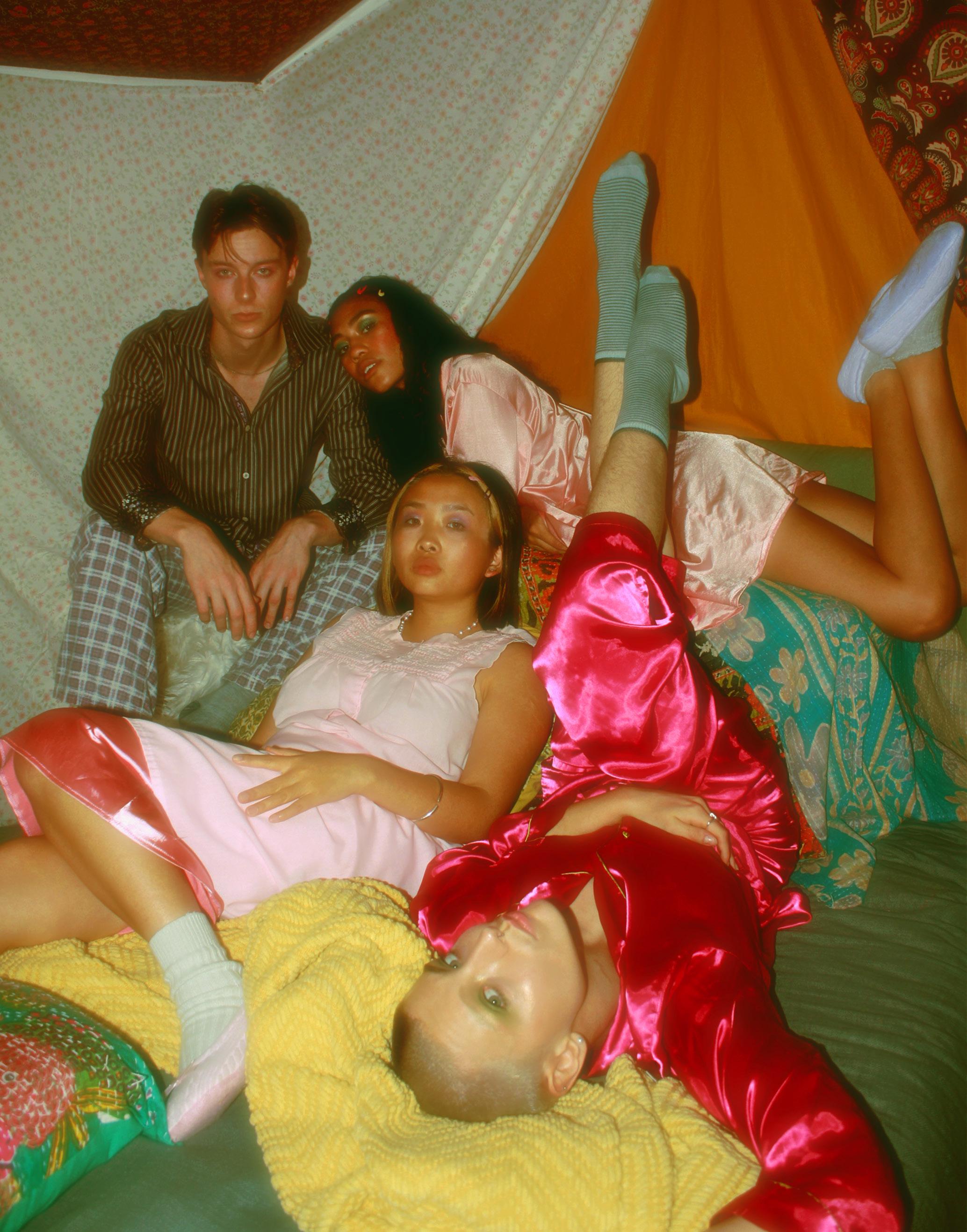
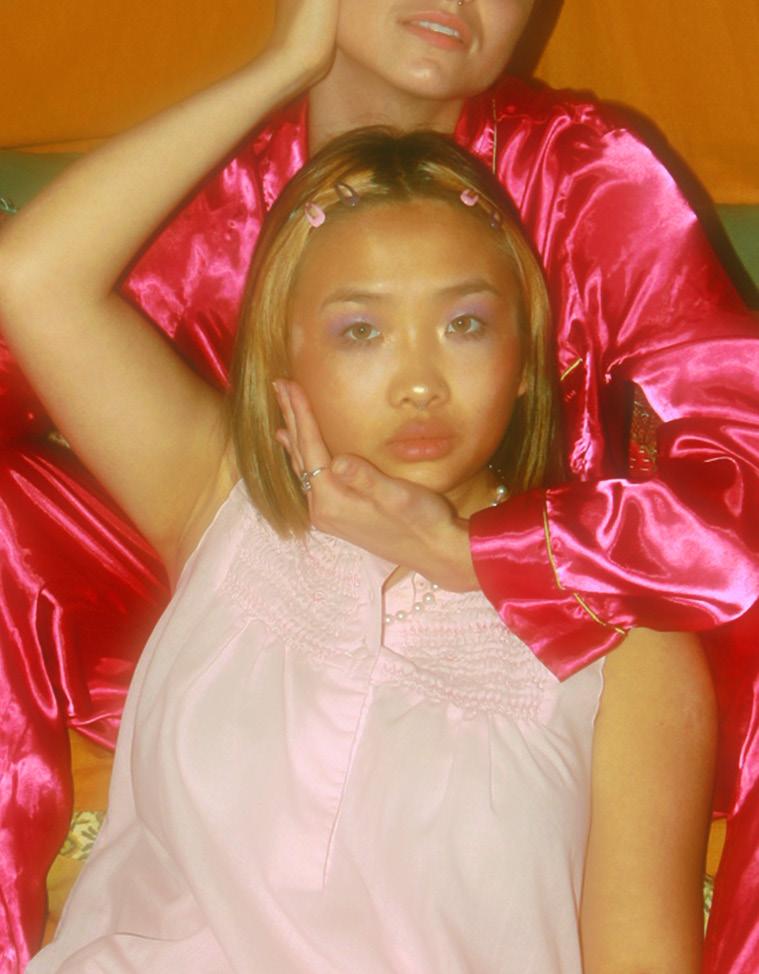
Pretty is learned through rules. Beauty, on the other hand, is learned through experience.
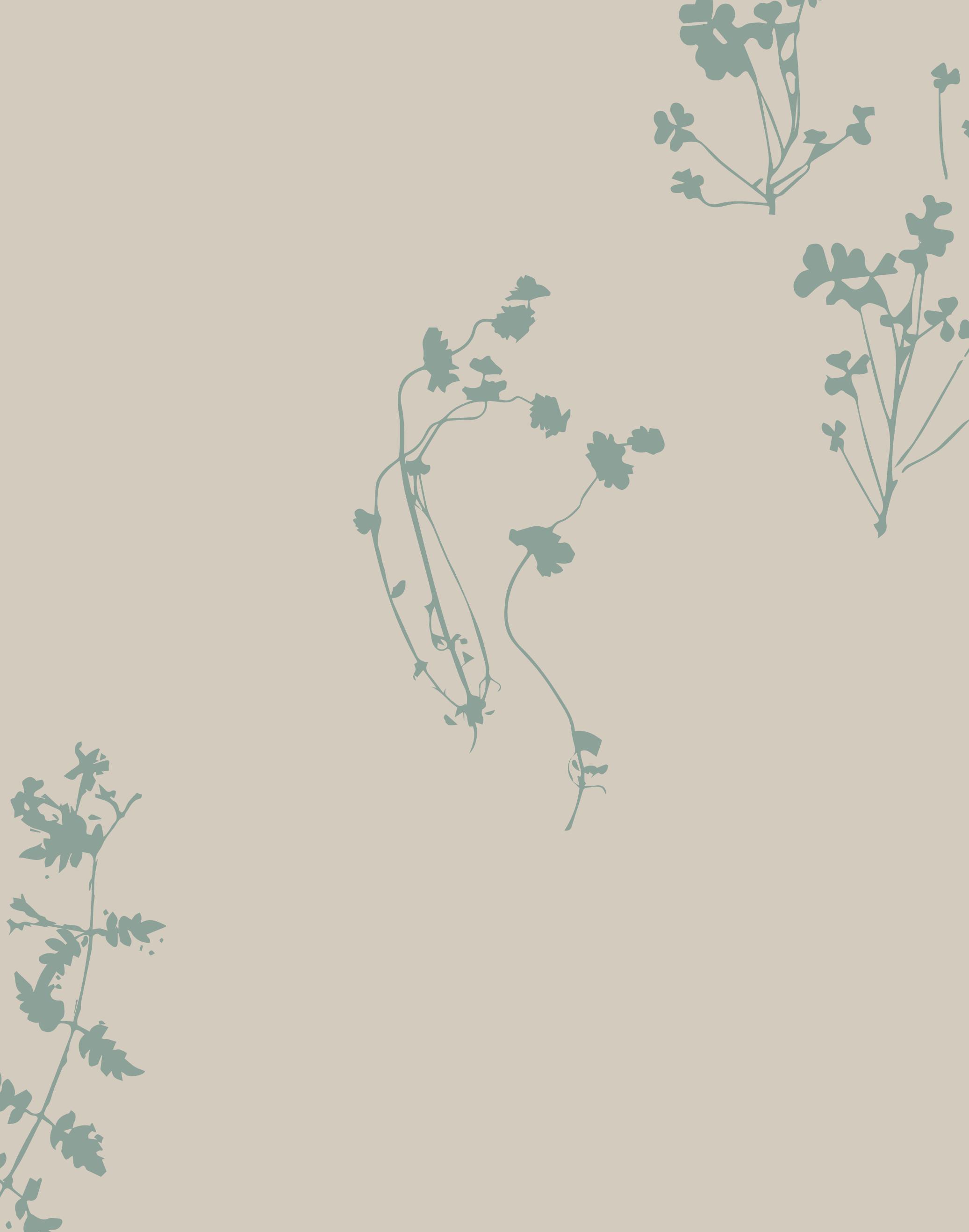
My first experience with beauty - the real kind - was with my mom. She has long, sharp features that express so much emotion through the smallest facial movements. She has the kind of face that is not just classically beautiful, but powerfully fierce. Growing up, everyone told me that I looked just like my mom, which to me meant that I was destined to be as beautiful as she is. This was the first definition of beauty I experienced - my mother. Later, I am confronted with the term “pretty” - not to be confused with “beauty”. The two are isolated concepts: one expresses singularity, and the other a whole realm of unimaginable meaning. A word like “pretty” seems to pertain to innocence, but in my experience, it is anything but; rather, it is one of anger and transcendence.
a chokehold on human experience, and some types of appearances are - simply put - more favorable than others. To be pretty is to hold a privilege, one that is inseparable from the way you look. I was never called pretty. The dictionary definition of pretty is “to be attractive in a delicate way, without being truly beautiful or handsome.” My sharp, long, and dark features are anything but delicate, so from the get-go, the term “pretty” has excluded myself and other people of colour from its narrative. I was once too young to realize this - I thought that small, turned-up noses and fair skin were just “in”.
Appearances have always had
I wanted to be what I wasn’t; I wanted to be and be called “pretty” like the other girls at school. But I never
heard it the way others did. I heard “you’re pretty for a brown girl”, which automatically set whiteness as the default for prettiness. I never saw any true South Asian people on TV, only ones who were confined to stereotypes. So, to me being “pretty for a brown girl” sounded like a compliment - like I was almost there. I took it willingly, thinking that these remarks brought me one step closer to being included in the narrative. In reality, it only placed white validation at the forefront of my motivation.
Looking back, I refuse to condemn myself for feeling this way. I was conditioned to place my appearance above all, while adhering to the rules of being “pretty” eliminated all of my cultural differences. It was ethnic erasure through “choice”, yet it was something I craved.
personally favorable and no two people have the same eye for it.
Now, the last thing I want to be is pretty. There is resistance and rebellion in beauty, and I want to commit to it. But I still want to choke out pretty till it dies, and I still want to exclude pretty the way it has excluded me. Nonetheless, leaning into the idea of beauty is how I will diminish what is held by prettiness. This is not necessarily a means to eradicate the Eurocentric beauty standard. While I will never completely unlearn Eurocentrism in my lifetime, this is my process of making peace with what exists. The standard was placed against us - it has made us a casualty of something that is anything but casual, and I refuse to give it more than it has already taken.
My process of unlearning took a literal approach, one that focused on semantics. As I knew it to be, prettiness required adhering to a set of rules that were made against my people. To be pretty is to be trifling and delicate, but to be beautiful is to please the senses and the mind - to be loud and to be bold. Pretty comes with the connotation of innocence, but growing up different seemed to remove that innocence, making “pretty” not apply to me anymore. Beauty, on the other hand, is born through experience, having risen from the rubble of “pretty”. Beauty was meant for people like me.
Beauty is ever changing, but also stable. It is found in differences, not in a collective ruling. Beauty is innate and primal. We are born with an eye for beauty - we don’t choose what we are attracted to. We seek out what we find
To be pretty is to be merely acknowledged, but I want to be more striking than that. I want to be taken notice of in the same allconsuming way that I take notice of beautiful things. The stars that I see from my bedroom window are an expression of beauty. Music is an expression of beauty. My mother is an expression of beauty. I am an expression of beauty. Despite being eliminated from being pretty, beauty has my back - and someone will see that.
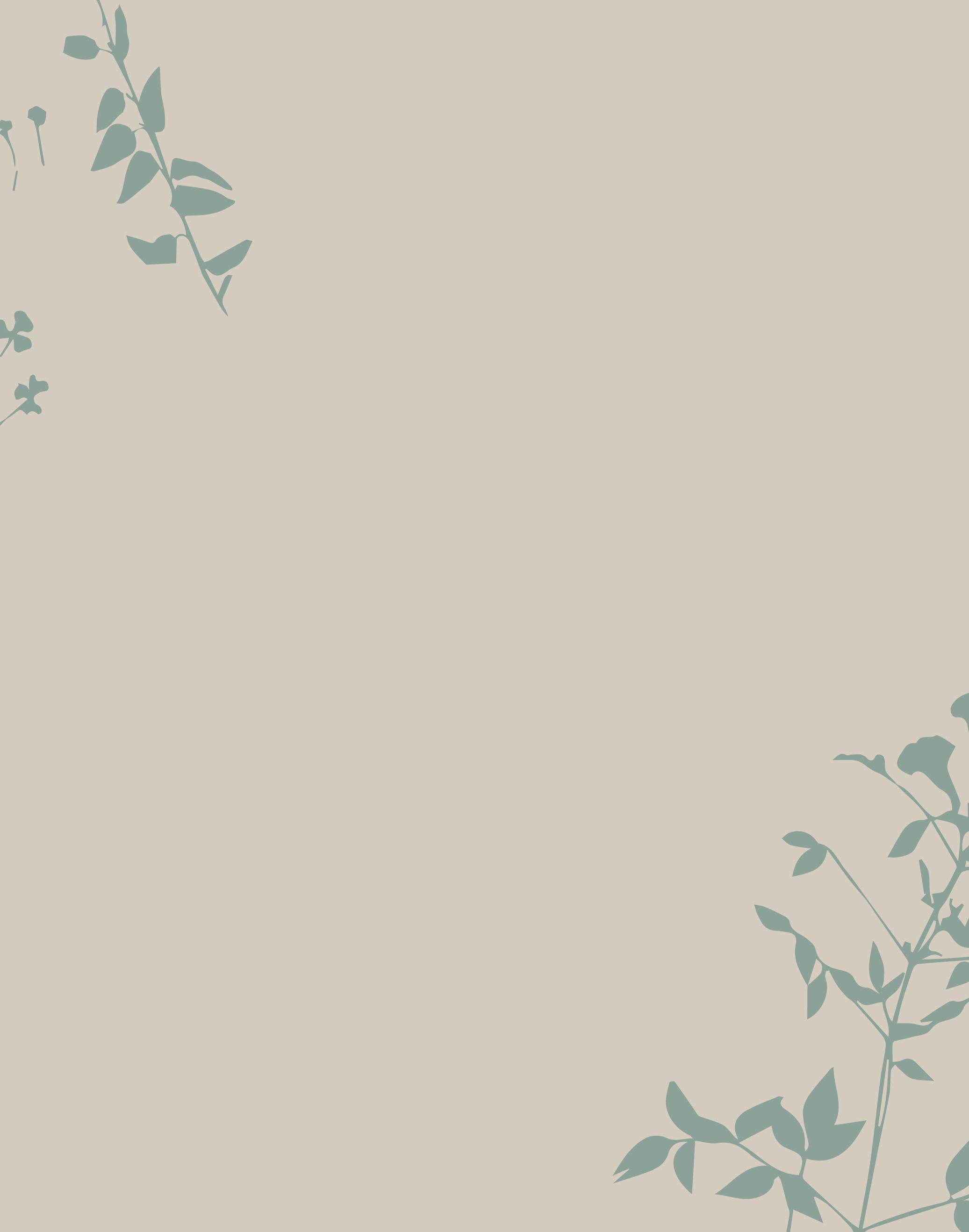
Throughout my high school years, I worked for an elderly lady I affectionately nicknamed The Fairy Lady. I was originally hired to organize the collection of fairy trinkets she kept with the hopes of someday opening a shop for children. While the shop never opened, I came by each week to help tidy the house, paint her front door, serve her an afternoon glass of wine, and listen to her stories. I loved The Fairy Lady, but my work with her became complicated as she aged and became more dependent on others for daily tasks. After a few years, we went our separate ways – I moved away to school, and she moved on to a more supportive living situation as she battled with the cruelties of ageing.
The Fairy Lady was as brutally honest as they come. An Aries through and through, she lived on a simple diet of bread, chocolate, and Chardonnay. She would often tell me she hated my clothes when I showed up in a black t-shirt and jeans after a long day of
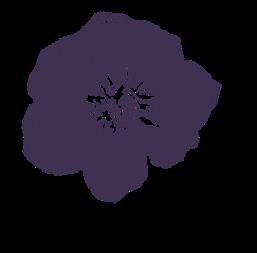

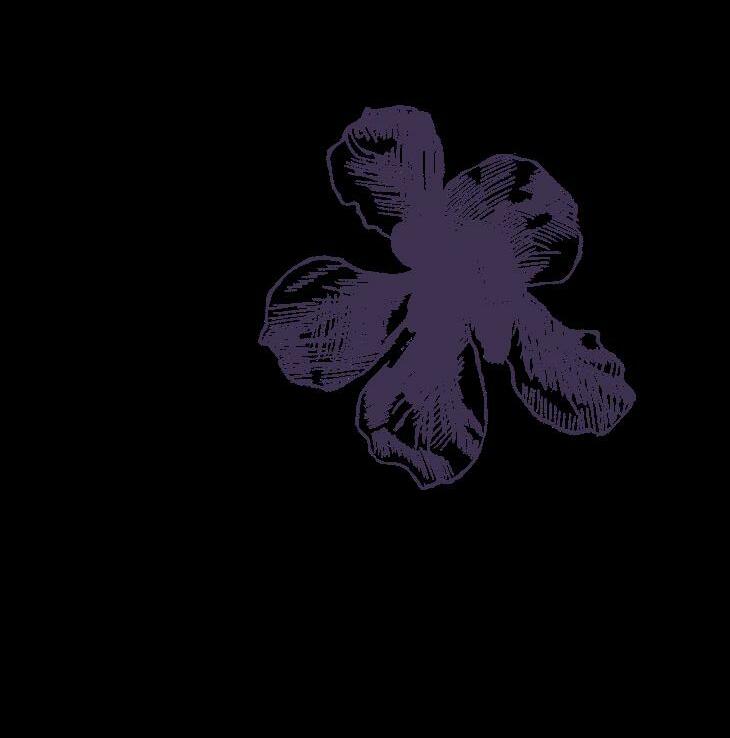
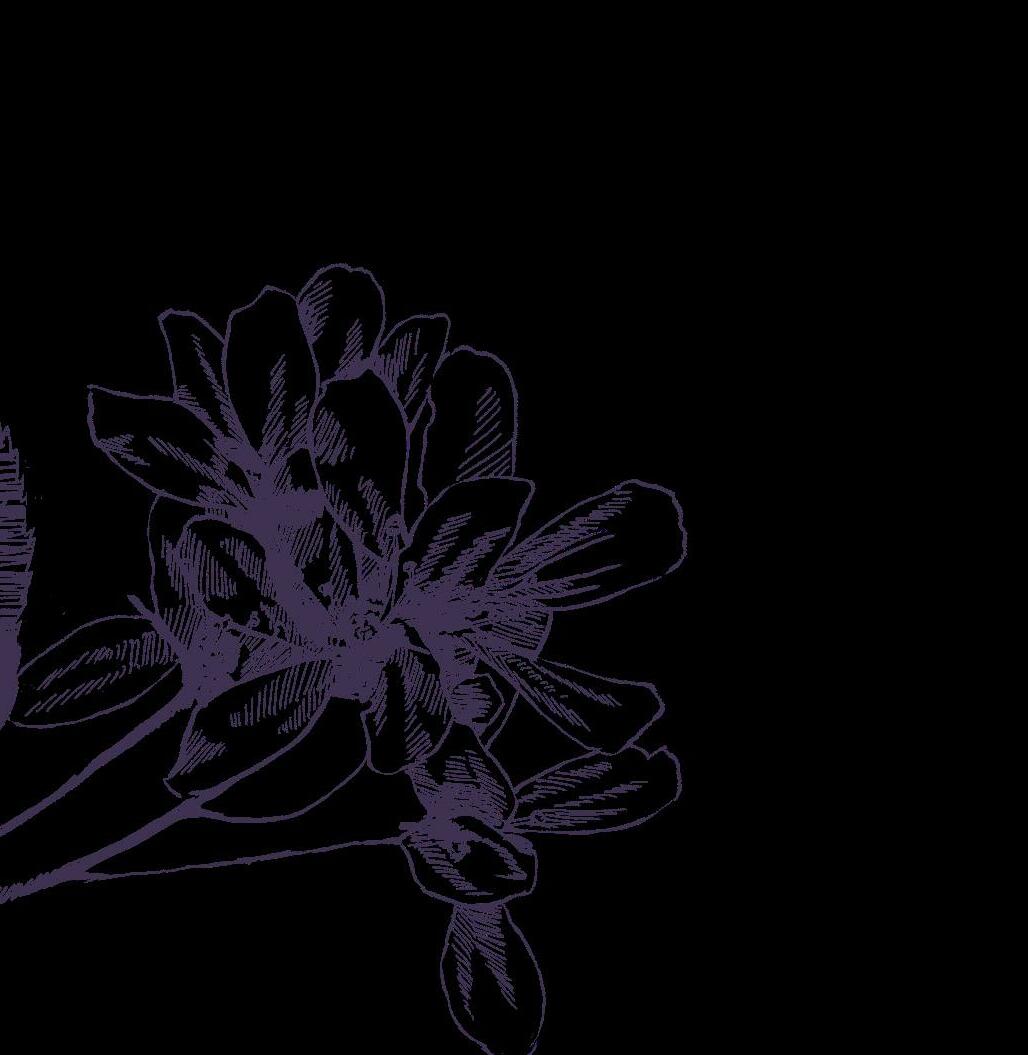
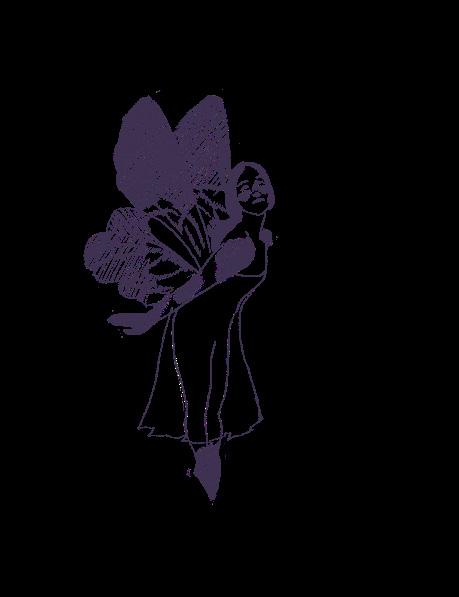
trying to fit in at high school. Conversely, The Fairy Lady would never be caught dead in a boring outfit; she always donned colourful skirts paired with beautiful, flowery hats, and the funkiest boots she could find. Her home decor was as one would expect: she loved the Art Deco era, and considered no wall colour to be off-limits. Every aspect of her life was proudly colourful and whimsical.
After several years apart, I reconnected with The Fairy Lady — only this time, she was already gone. This was the first time I experienced the passing of a loved one, a friend, and an inspiration to me. When I first heard of her death, I really did not think much about it. I had not spent time with the Fairy Lady in so long, and I was going through a busy and draining summer, so I did not give myself much time to process her passing. Then, I came to read her obituary in the local newspaper. It told the story of a bright, bold, and fulfilling life lived the way she wanted: entrepreneurial, rebellious, eccentric, creative, and witty. After reading her story, I found that since going our separate ways so long ago, our formerly professional relationship had melted away into feelings of friendship, affection, and appreciation.
As I reflected upon her obituary, I decided to attend her celebration of life. At the event
(dress code: colourful), I looked through photos of her in her youth, midlife, and old age. She was always dressed fabulously, unbothered as to whether her colourful outfit was appropriate for the occasion or not. Her confidence and vibrance shone through in every smile. Remembering The Fairy Lady through her photos stressed the importance of committing each day to balancing the seriousness of life with love, laughter, and fun. In a stressed-out world, I often catch myself taking life too seriously. Now, I try my hardest to wake up and dedicate each day not to finite goals, but to the lifelong project of living a happy, beautiful life, just as she did. Reflecting on her passing made me excited to live a life that could end with an obituary like hers.
Our years apart made me realise how much I had grown myself since our time together. I know that the spunky, sparkly Fairy Lady would have loved to see how spunky and sparkly I myself have become as I’ve grown older and into my personality. She would love to know that I am now a huge advocate for dressing colourfully, and I never stay within the lines when it comes to the rules of fashion. In fact, I think that we would have made the best of friends if we were born at the same time.
In grieving someone, it is possible to remember their legacy for its beauty while simultaneously validating
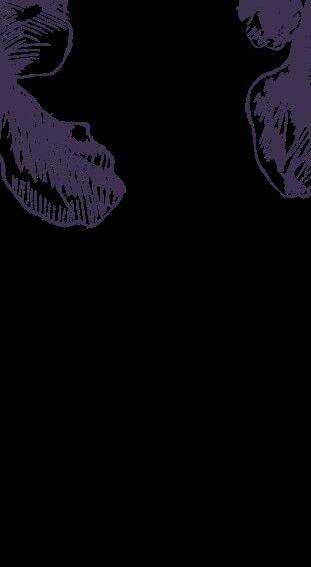
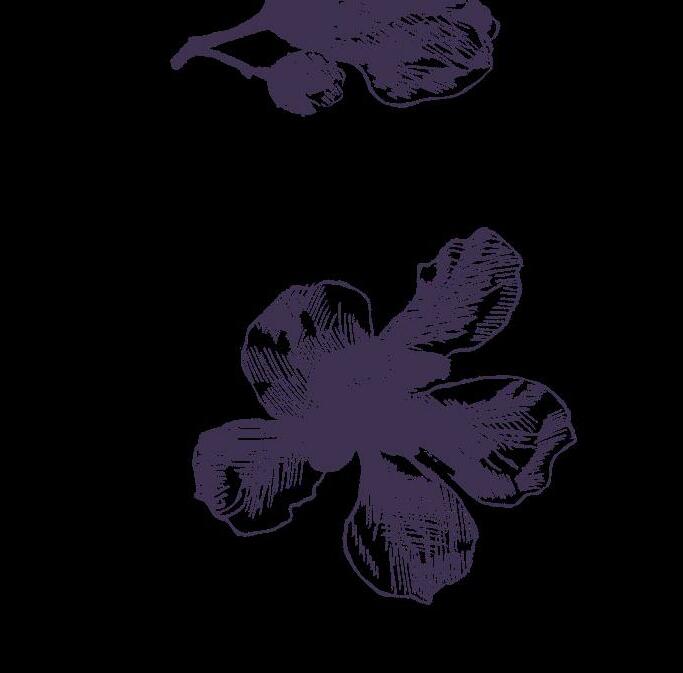
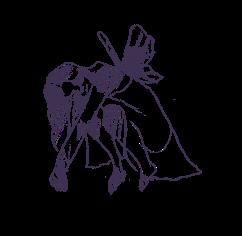
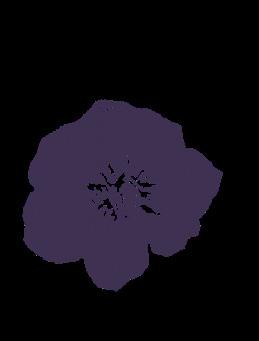
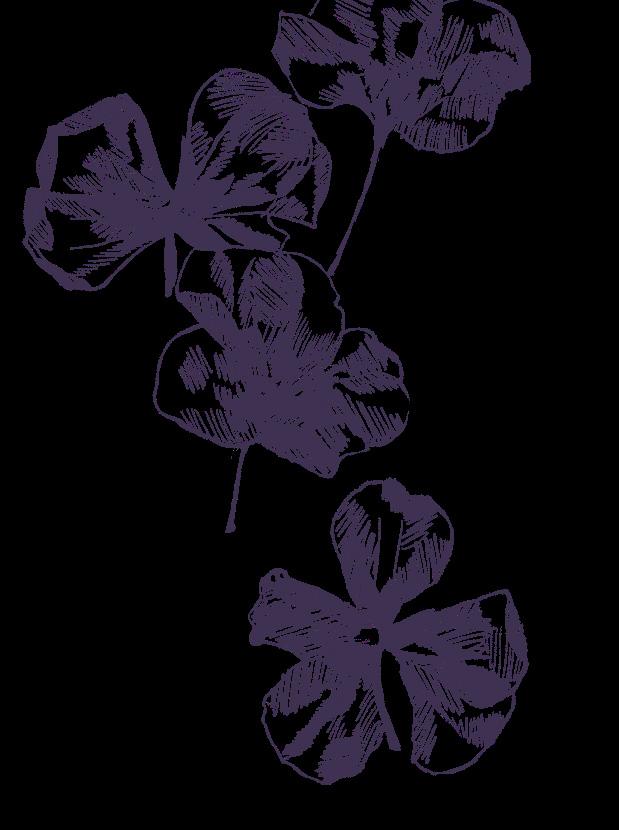
the hardships that came with it. While I feel pangs of regret and sadness as I grieve The Fairy Lady’s death, I am also reminded of the fact that she lived a long, iconic, and fulfilling life. Despite the hardships that came with our relationship, and how taxing it was to see her physically decline during the time I spent working for her, her soul always remained youthful, fun, and creative.

I am a firm believer that every person comes into your life in a certain season and for a particular reason. I now see that The Fairy Lady was sent into my life to lead me by example. I channel her when I decide every day to prioritise my creativity, my needs, and my dreams. I am confident that each day I commit to living the colourful life I desire is a day her spirit is close by.
Letts Illustrations by Valerie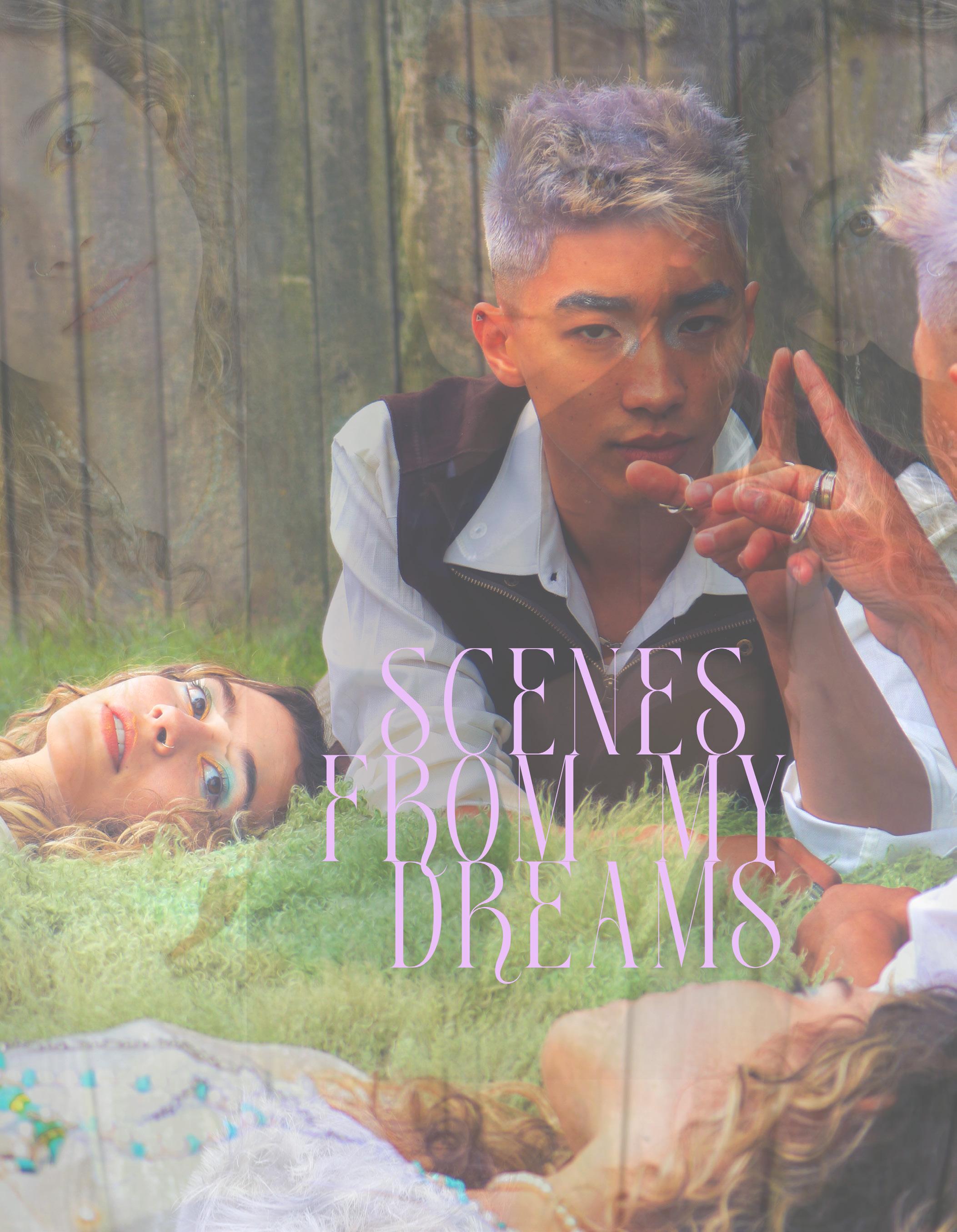
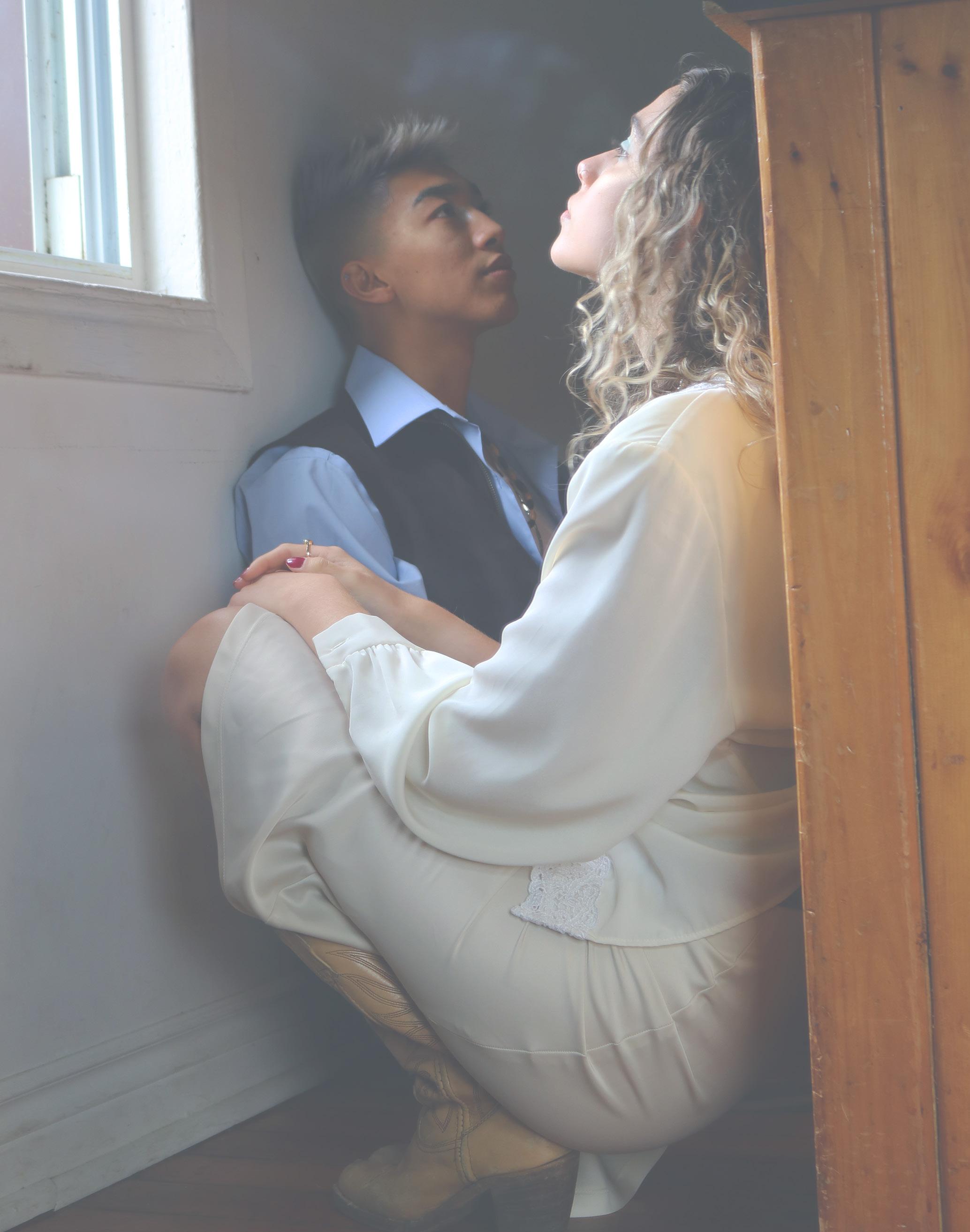
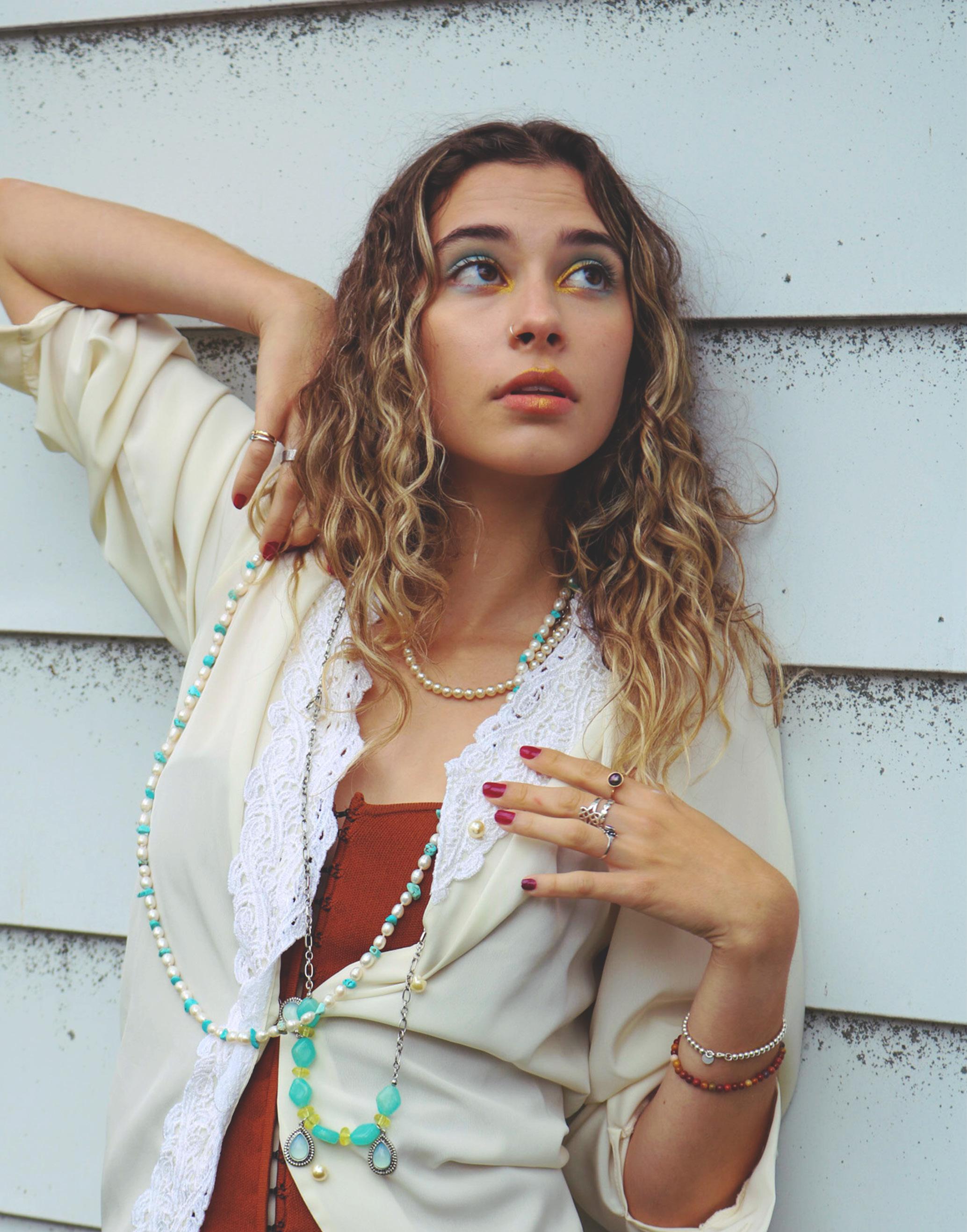
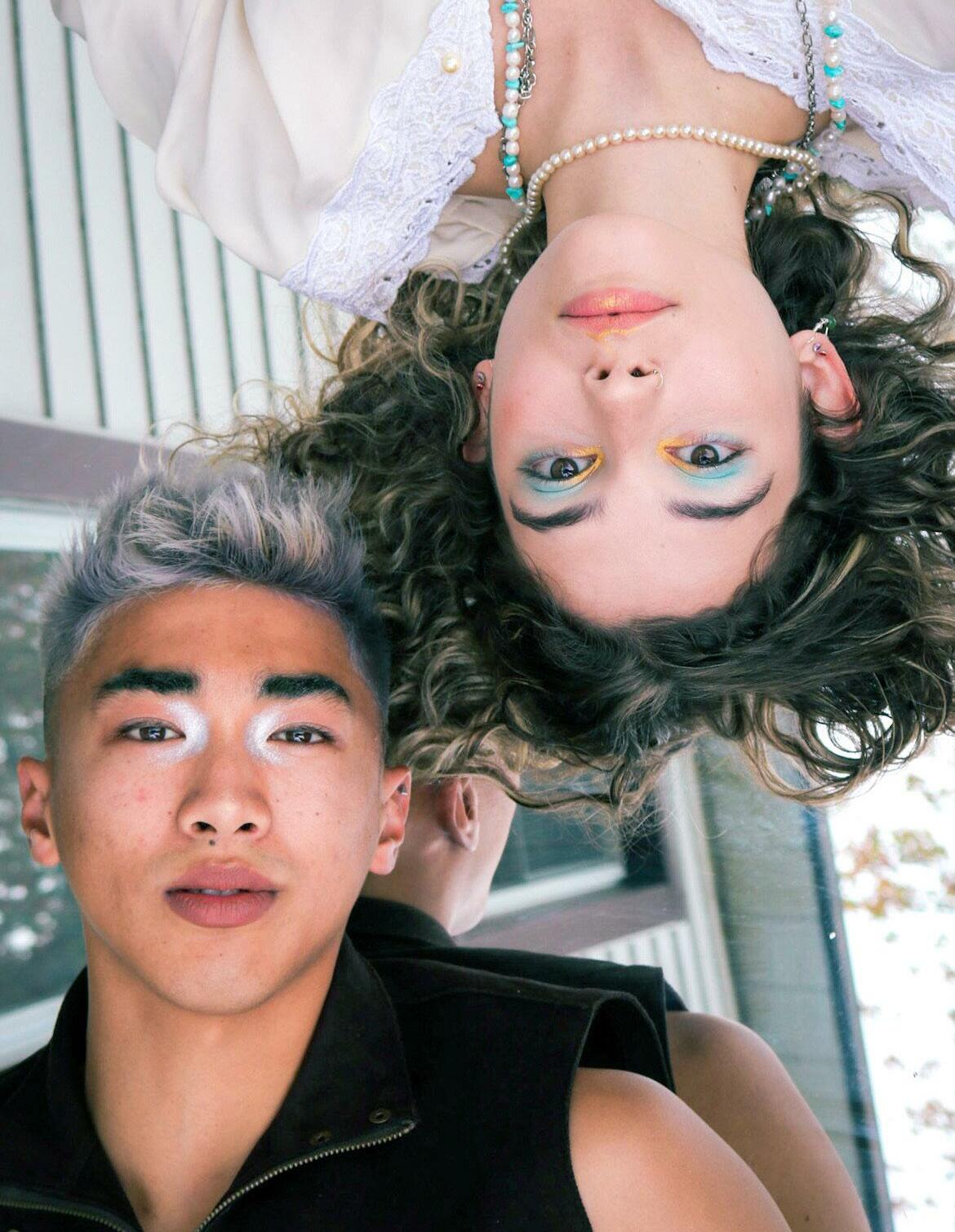
Growing up, being asked about your favourite food was a hallmark of recess chatter or yearbook profile questions. I had a running list: oranges, sprinkles, and croissants. Everyone would always have an answer ready, until you would try something new that tasted even better, and it would claim a spot on the list.
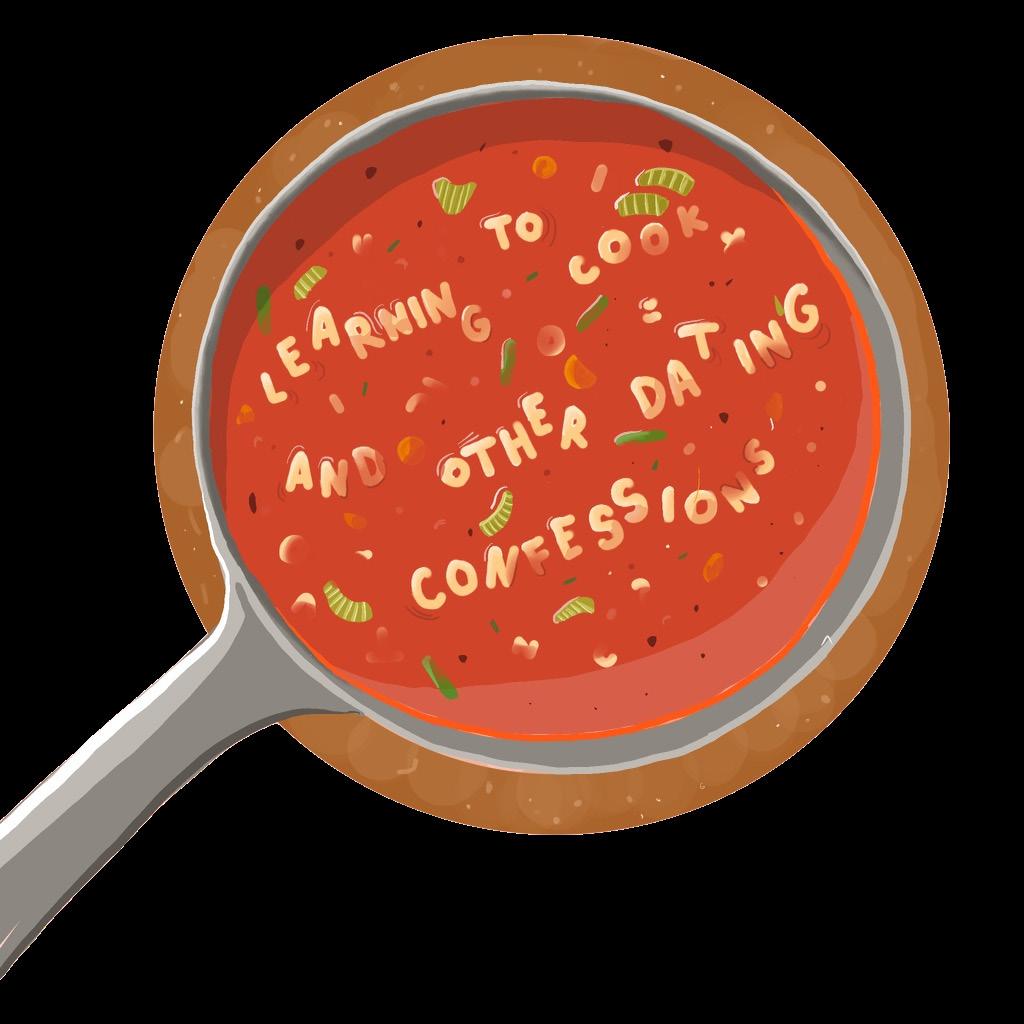
The first meal I loved was a dinner for my seventh birthday, which I helped make. As my dad’s sous-
chef, I wore an apron and perched myself on a kitchen stool to watch him fry garlic and ginger in a searing pan, until it was dark brown and crunchy. We sliced leeks, stirred them in sesame oil, and added them to rice before he added a perfectly poached egg to each bowl and I sprinkled the crunchy garlic on top. This was the first star of my list, marked with sparkly purple gel pen.
I have always treasured
making lists. I keep them for everything — favourite movies, places to travel, cool jobs. I wrote lists of celebrity crushes, of all the romantic things I wanted to experience, of what an ideal future partner would be like. Just like with my favourite foods, I was hopeful, and left lines open for the future.
Yet, at some point, my lists became checklists. Cooking became a chore. Food stopped feeling warm
and heavy like a weighted blanket tucking me in. It felt suffocating, like a weight I wasn’t meant to carry; not something to taste and enjoy, but something to control.
I set goals and deadlines. I listed off qualities of meals like I was trying to construct the perfect person out of nothing. The traits got more conflicting, and less realistic. My sparkly gel pen lists? Thrown away. My favourite food? Ginger fried rice, but I haven’t had it in years. These things didn’t define me anymore, and what did was how I measured up to my goals.
BY DAXIE UJEJSKAfailure, as if it were my fault that it ended, that I didn’t have the discipline to follow through and reach my goals. I’d fallen short and wanted to forget. So, I purged my room, social media, anything that could remind me of it. I went off to university exhausted and in denial, and having sworn off both love and analyzing my food.
now where I am most responsible for what I buy and make for myself. Instead of that being an opportunity to hold myself ‘accountable’ to unrealistic rules, it has been one to be creative, impulsive, and fun; to be a person I recognize as myself.
Leading up to my final year of high school, I felt exhausted; but I was proud of that feeling. The weeks I spent (wasted) ticking every single box off the list were a testament to who I was, and who I should be. Strong, poised, driven…skinny. It was what I thought everyone wanted, and what I wanted. But it wasn’t enough; and it certainly wasn’t sustainable.
I burnt up, as every meal will once in a while.
It was not long before this pattern and I went our separate ways. And like most breakups when you are young, I felt like a
Still, I couldn’t shake the tiredness. Until one day, I found out what it was: Celiac Disease. The root of all my tiredness, pain, and bloat.
Somehow, it all ended. Somehow, I met someone. There were new restrictions now, but they were different this time. They gave me a new way to think. These simple checkboxes were not only based on concrete need and fact, but on health as well. This new definition of “healthy” was much easier to remember than before; filling, flavourful, and glutenfree.
I got diagnosed, fell in love, and I felt strangely safe. Safer than I had in a long time. For some, these two things could feel confining, but personally, I have never felt more room to be myself.
I am at a time in my life
One morning in the lonely weeks of spring 2020, I walked to the Metro on Princess Street and bought ginger, garlic, and a fresh carton of eggs. I don’t know if I just missed my family, or because there was nothing better to do, but I cooked.
I let everything else fade away, listened to music, and darted around the kitchen in my pyjamas. I shared a bowl with my boyfriend and we smiled at each other as
I sprinkled the crispy ginger over the egg. It tasted like my childhood home and blowing out candles.
I’ve started making lists again. Sprinkles and oranges are still there, but many of the bullet points are new discoveries. I’ve left space for new flavours and new memories waiting for me. For now, I am comforted by making my favourites on my own, and sharing them with someone I love. I am learning to cook all over again. Time for dessert.
It’s a terrifying feeling, being stranded in space. To awaken, surrounded by the wreckage of your ill-fated voyager, and thank the protective suit for gifting you with breathing lungs and a beating heart. For a brief moment, that gratitude is enough to distract you from complete and utter immobility.
In the distance, a playful red twinkle catches your eye.
Soon, directions begin to contort and depth loses meaning all while the uncanny silence continues to ring loudly in your ears as you struggle to make even the most insignificant of movements. You float aimlessly, like a fetus in the womb, demanding independence only to be smothered by some malevolent maternal force. The twinkle of the stars, once whimsical and curious, now glare like a menacing set of infinite eyes, watching your pitiful struggle against nothing. They judge but do not care. Minutes disguise themselves as hours, hours as days, days as weeks…and after an indeterminate amount of time, reality sets in; you are in shock, which is sheltering you from the undeniable truth that the great void has its grip on you now, and that you will entertain it for as long as it desires. Your cradle becomes your casket… mundane… claustrophobic… lonely.
The twinkle swells like a blot of blood on a canvas.
Suddenly, a titan approaches lazily from the soupy darkness. Casting a soft blue hue upon you, it seems close enough to hold in the palm of your hand. With strained eyes, you peer down at the wonder before you, imagining pleasant aquamarine waves swirling with hypnotizing rhythm, lush grassy pastures swaying in the breeze, churning clouds hosting roaring storms; however, it is incomplete, like a canvas not yet smeared with man’s black fingerprints. You are forced to bask in its immensity, its
unfathomability… and ultimately, its overwhelming potential. Behind the tinted screen of your helmet, you long to reach for it, embrace its gravitational pull and be submerged by warm ocean waters. Alas, the universe has different plans, and the planet continues to meander down your field of view until it disappears forever - leaving you to pray for something to block the surging wave of dread that grows as you continue to see nothing but blackness.
The red light is larger now, nagging. It can no longer be ignored.
A common symptom of space travel is existential crisis. Luckily, the act
of simply surviving will distract the voyager enough to prevent them from being driven mad by unanswerable questions. It is undeniable that space’s chilling indifference perverts the human condition. On Earth, we undergo one daily struggle after another. We create cities and govern states to fabricate purpose. But in space, you are surrounded by the purely unexplainable, whispering into an astronaut’s ear and prodding at their subconsciousness like a parasite. The parasite makes us wonder if we accomplished what we were meant to… what cosmic purpose we were betrothed and if our sacrifice will impact the universe, if not at least minutely. Mortality tumbles upon us in our final minutes like an anesthetic, as the wave of questions is allowed to wash over us and clear our minds of anything else. It is simply too much to understand. The universe’s plan may be random, or it may not. Nobody truly knows. All you can do is submit, and as you slowly spin through the void, with no idea which direction is up or down, another light appears, blinding this time.
It is the red light, a sun, burning with power unknown by any living or nonliving thing. Its warmth engulfs, and like a shot of morphine, it relaxes every fibre of your body, easing your racing mind and beginning to think for you. It recounts your non-journey… a castaway forgotten by the world, engulfed in blissful ignorance and eventually ambushed by crippling dread. Teased with limitless possibility, always behind glass and out of reach. Mummified by existentialism, only to be freed by a relieving warmth… a reflective light. As you stare into the sun’s ethereal, eternal non-purpose, you cry for no particular reason at all.
